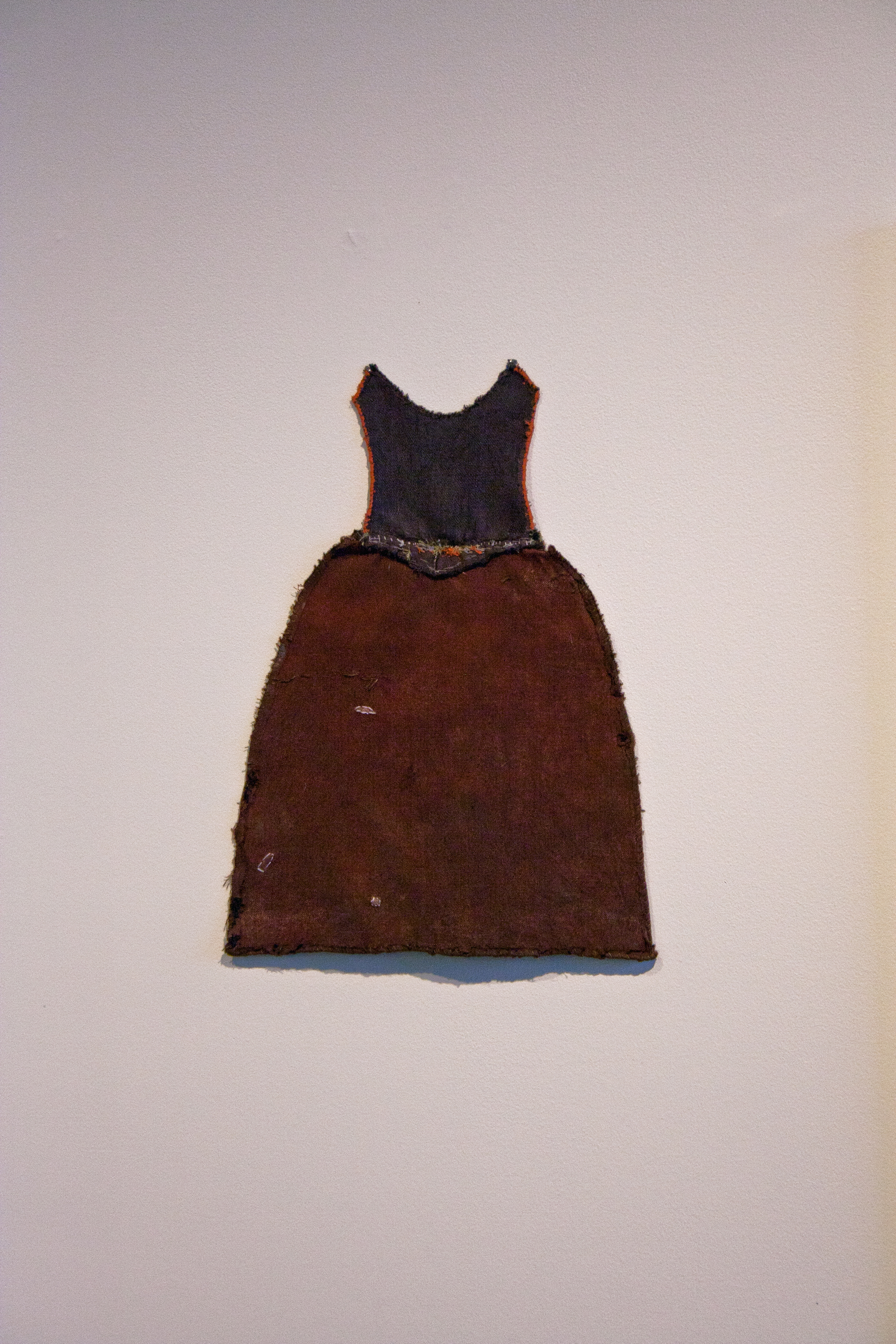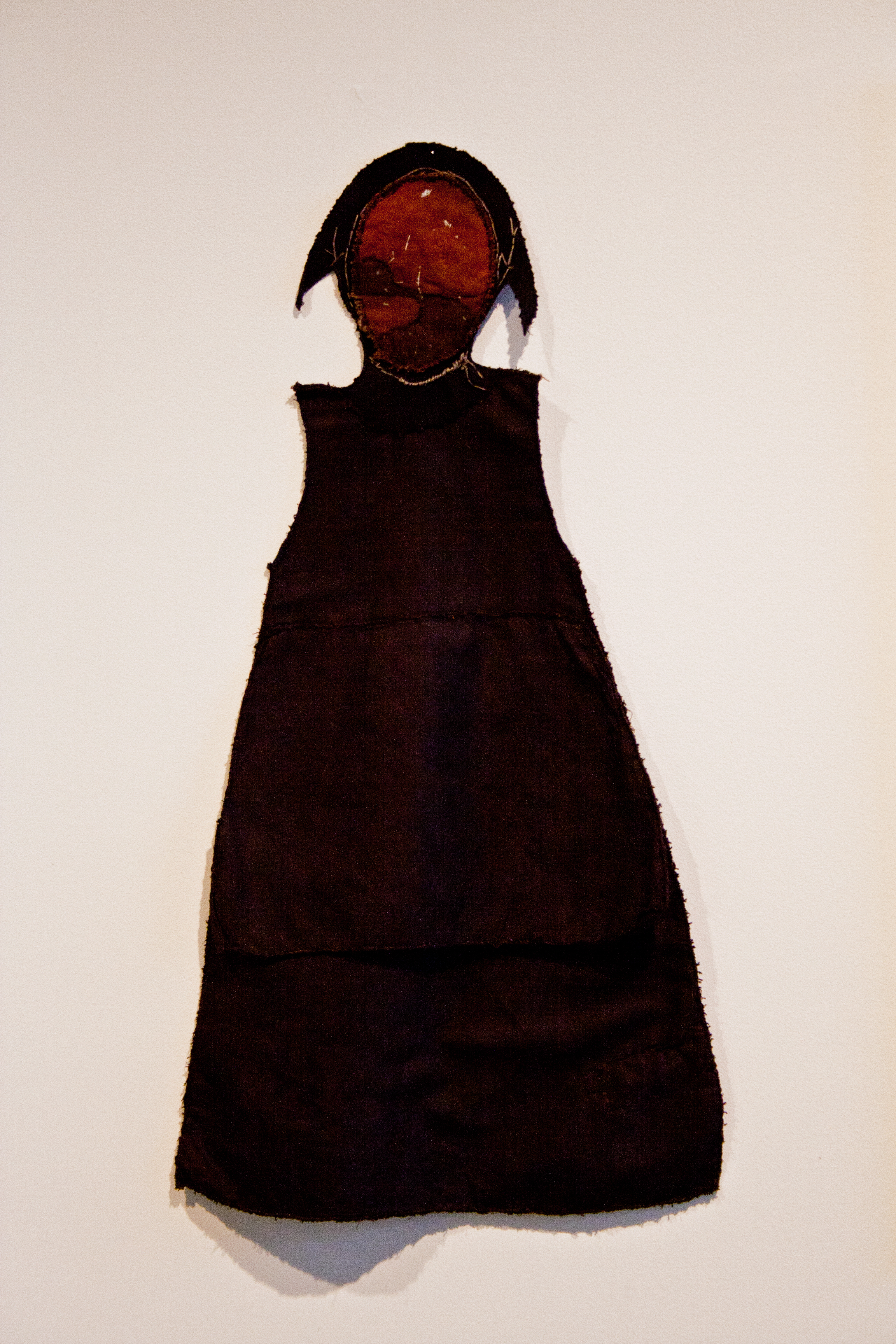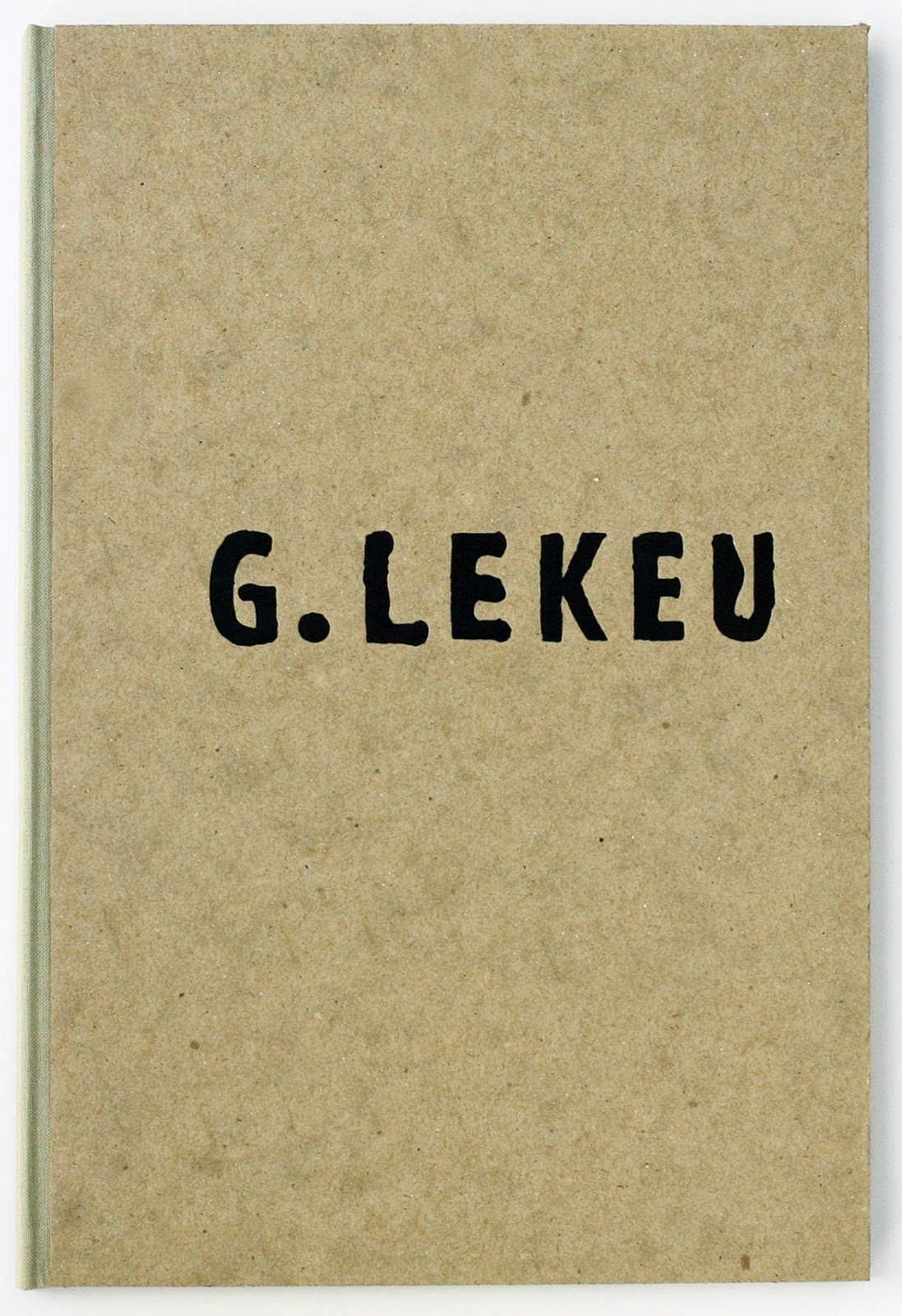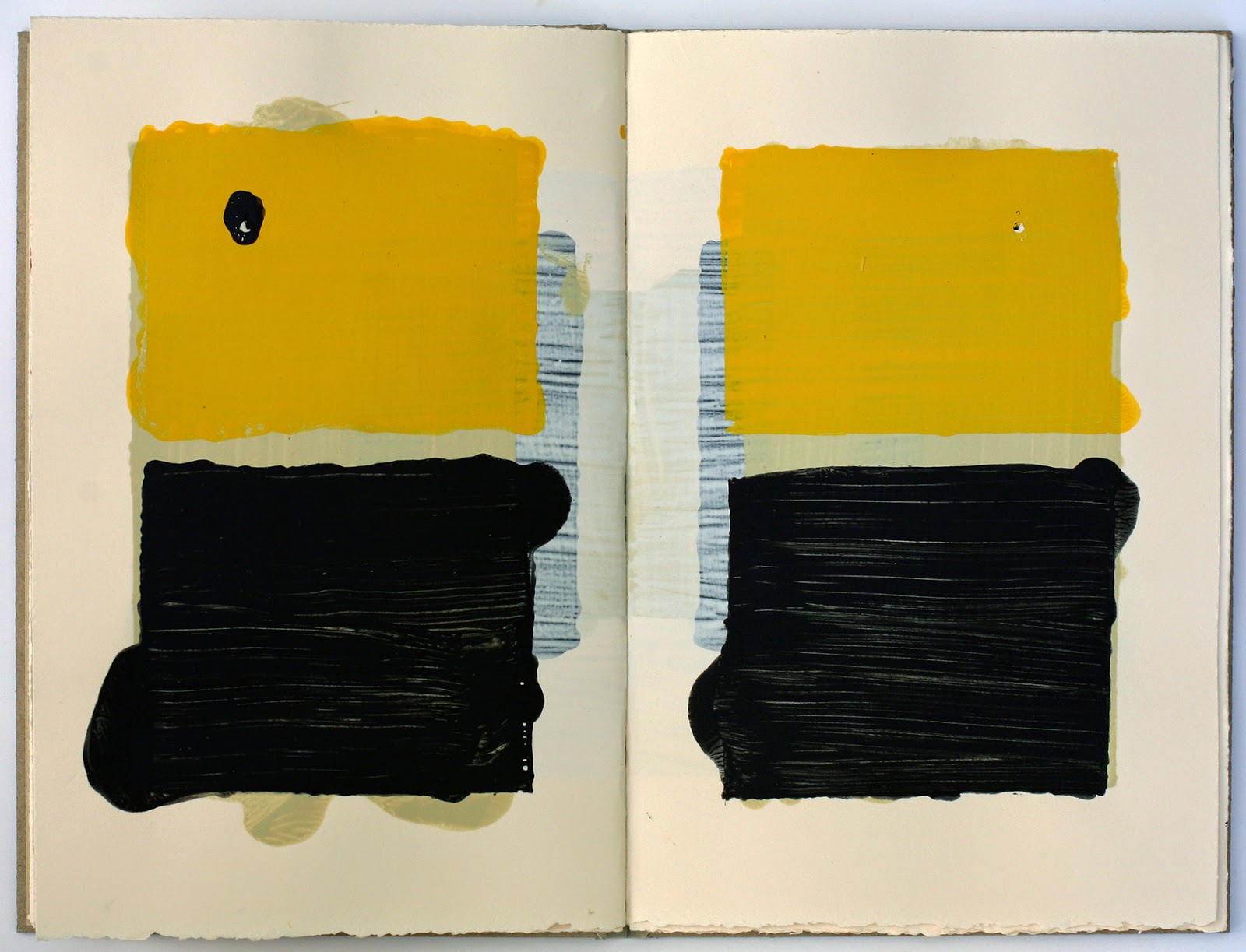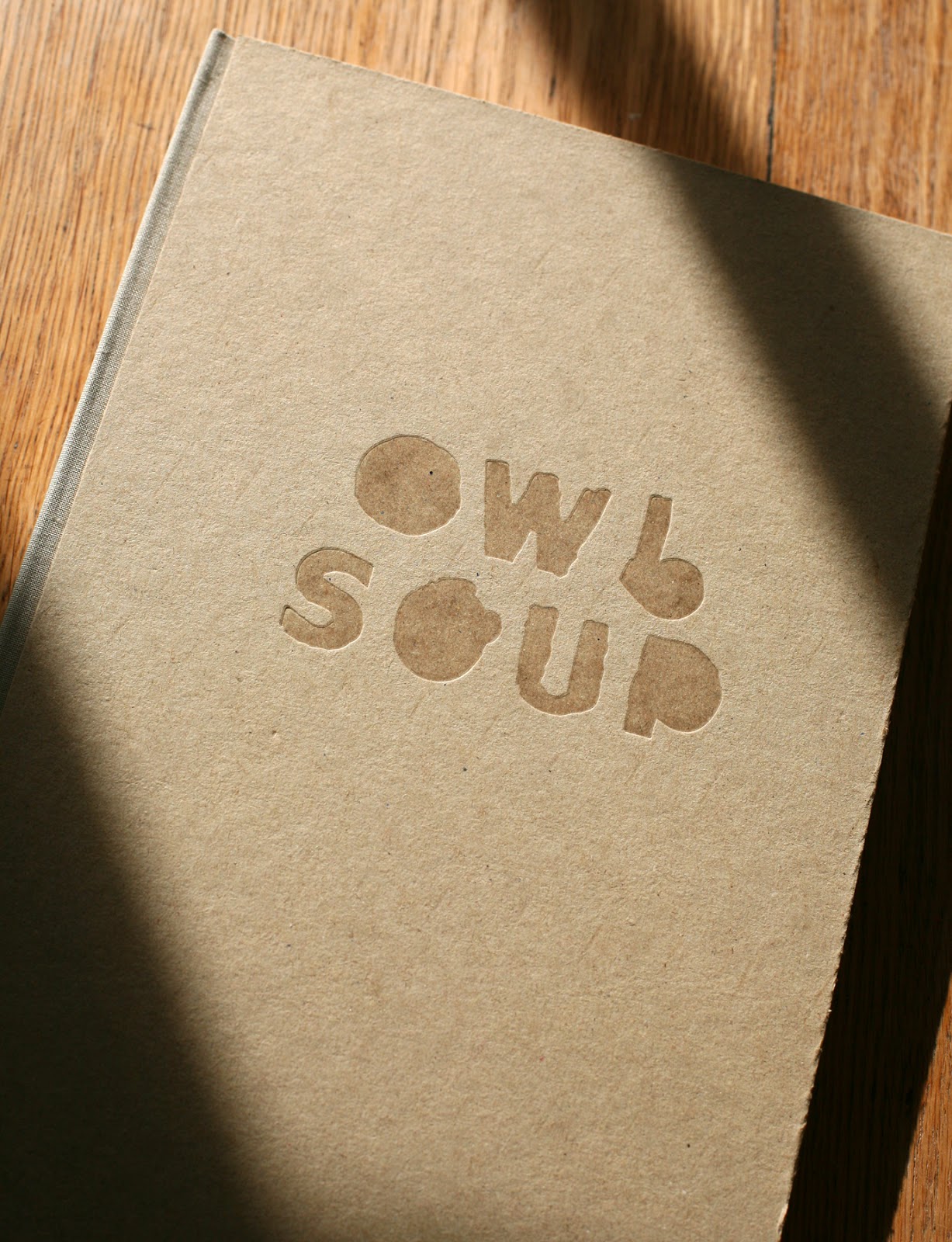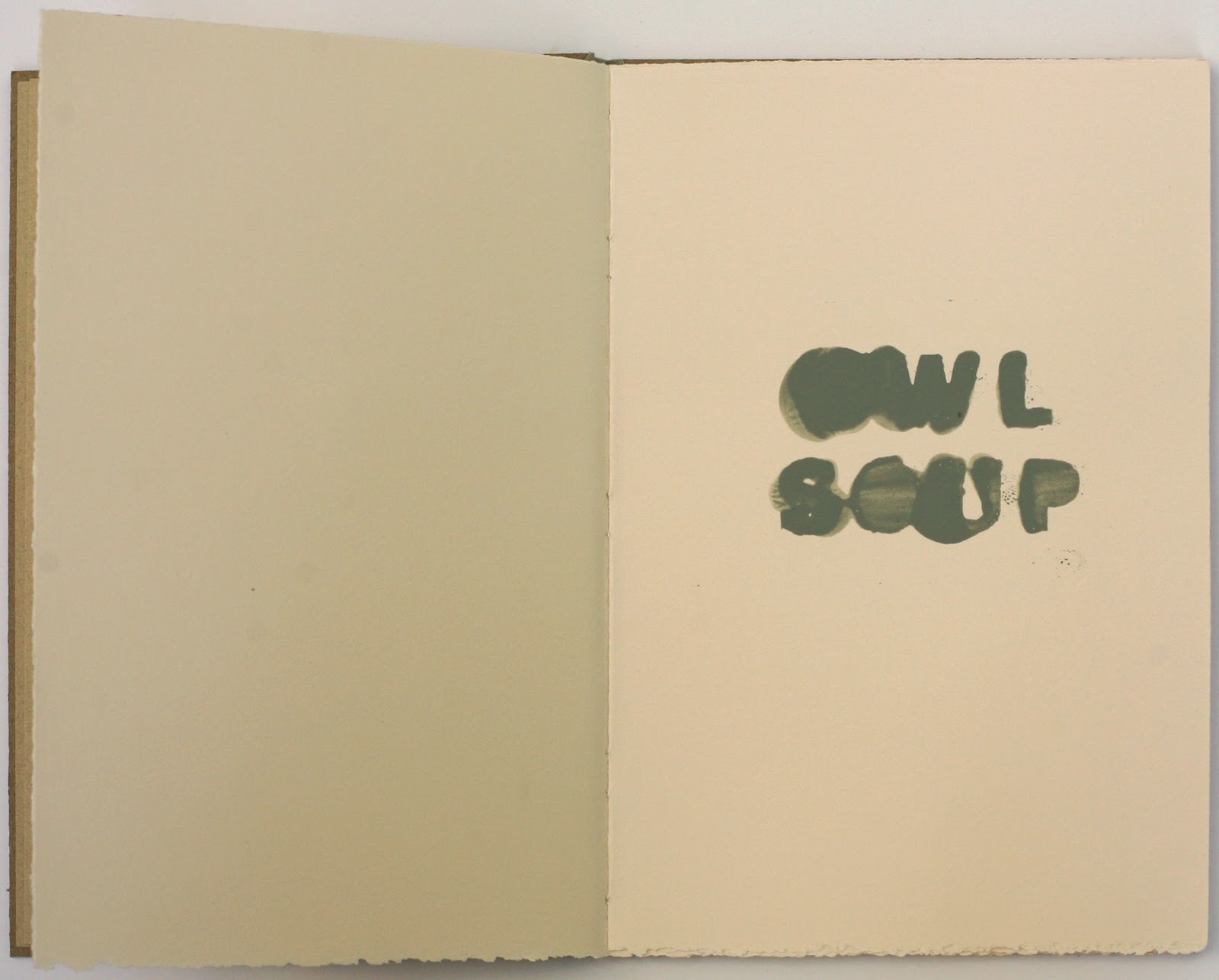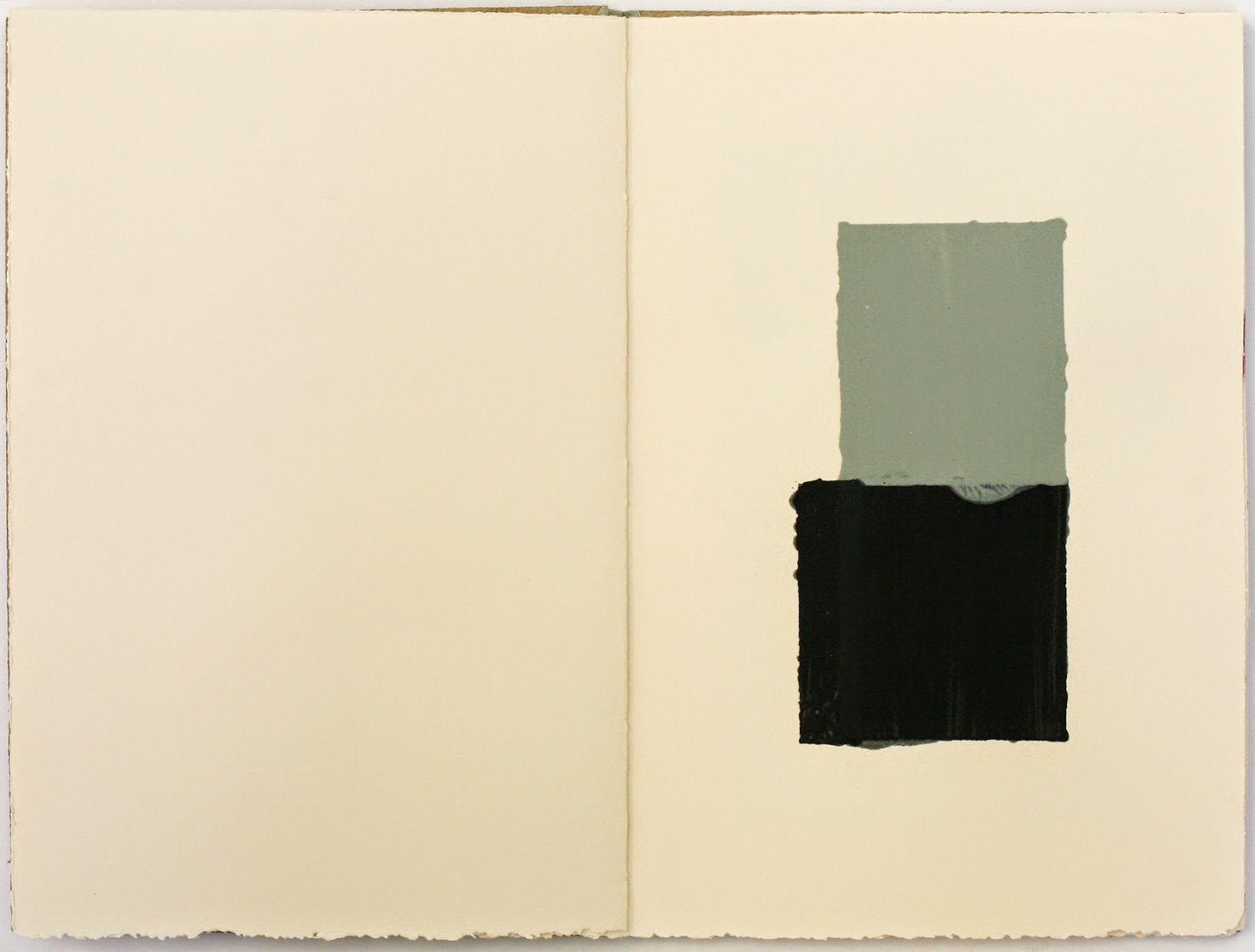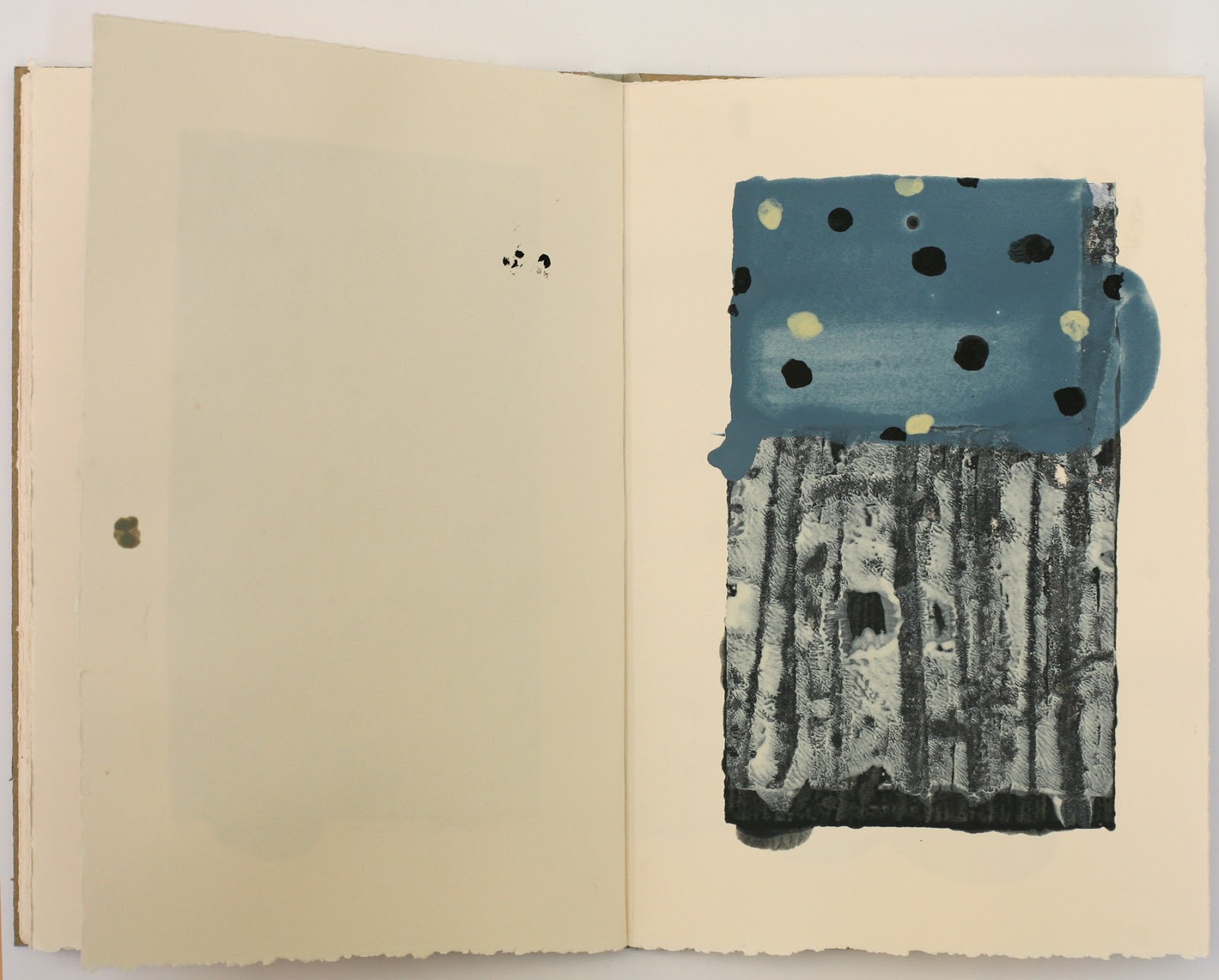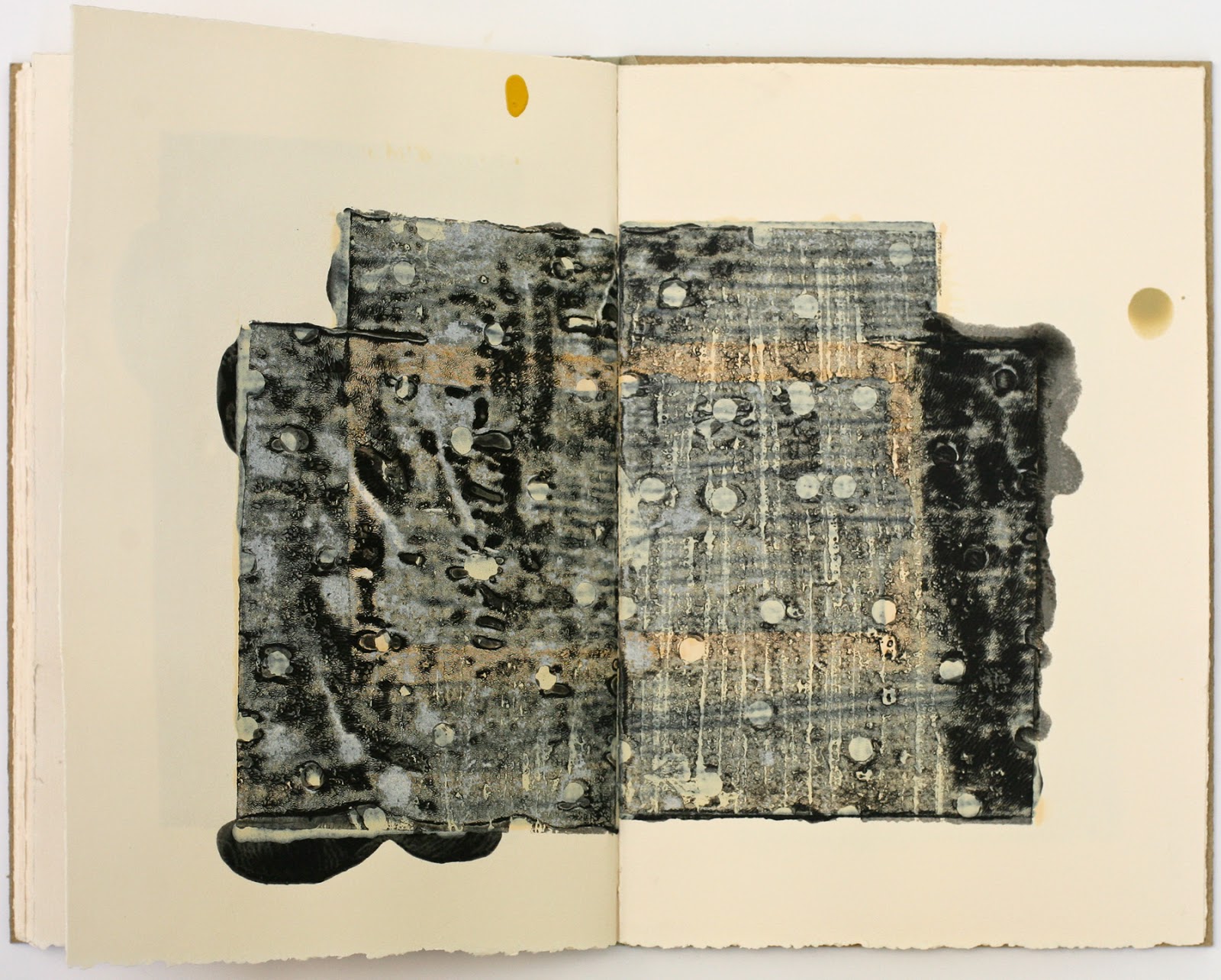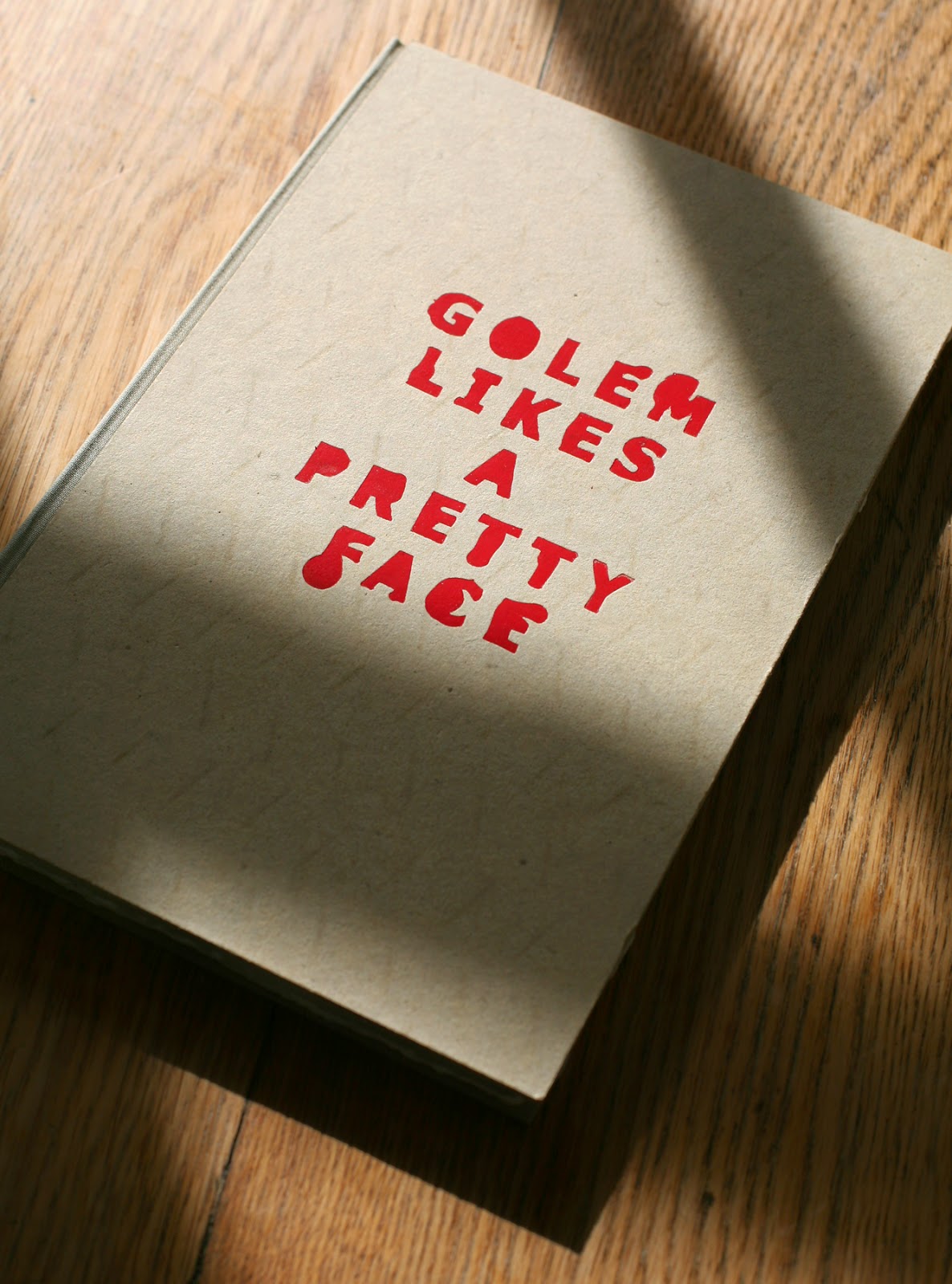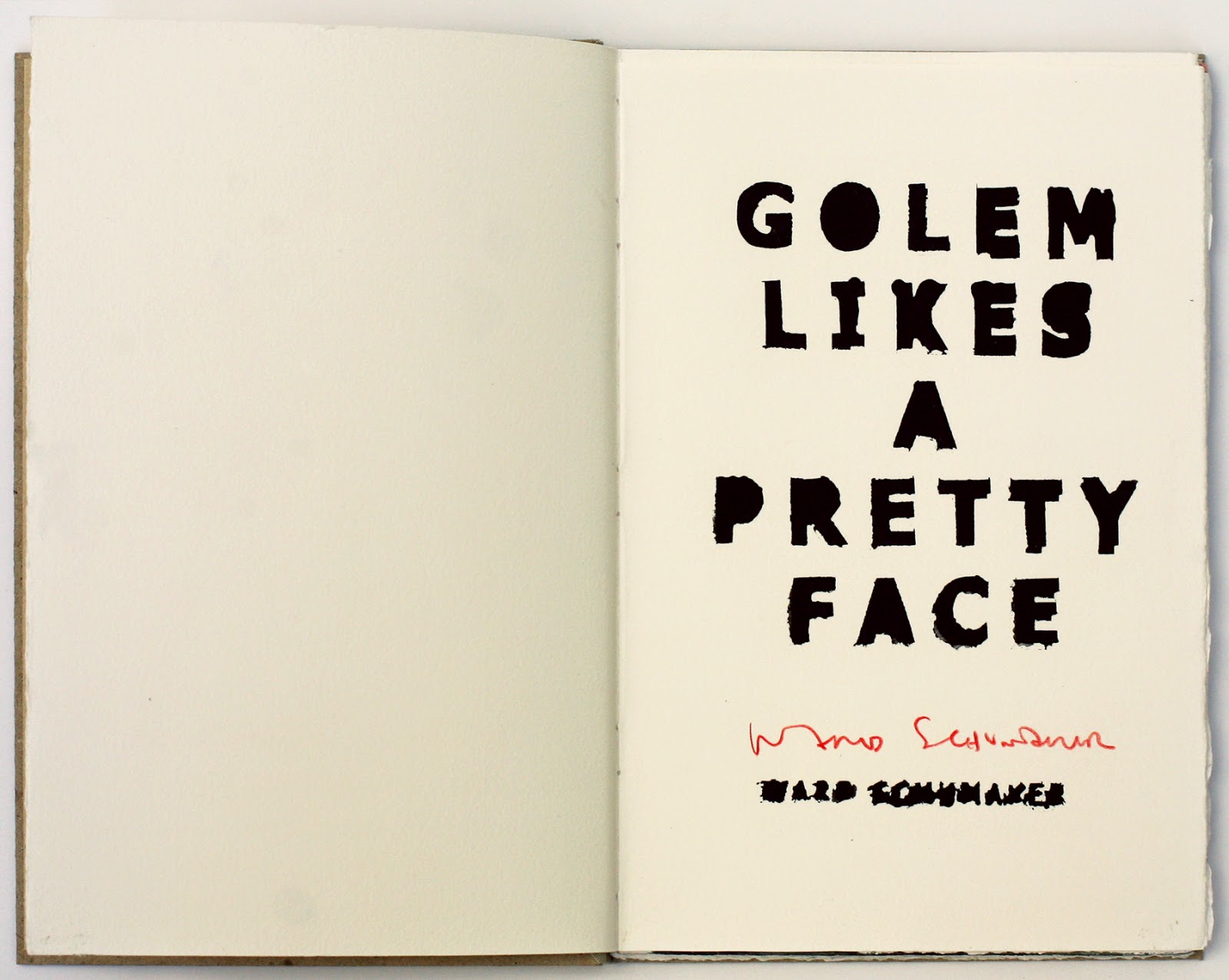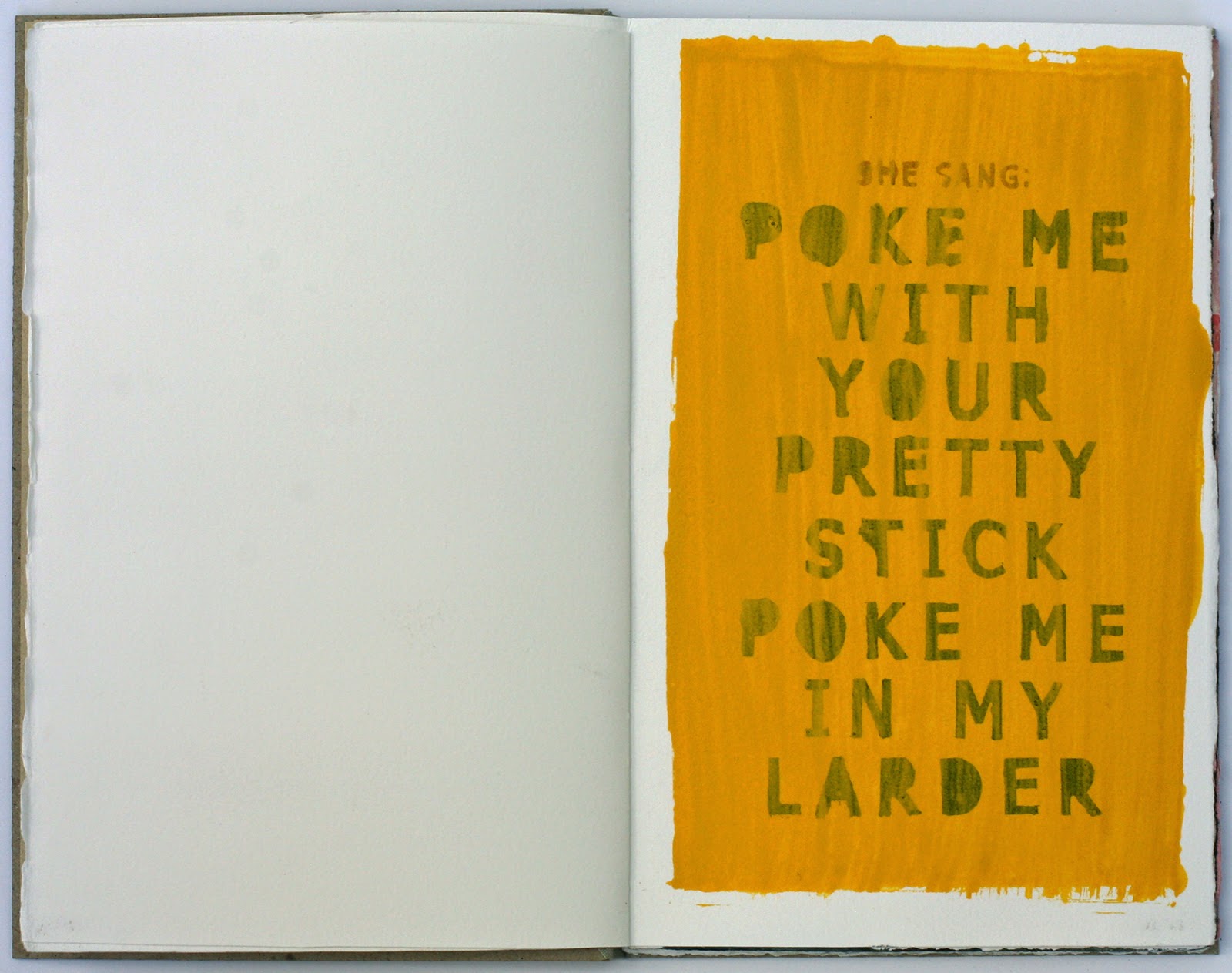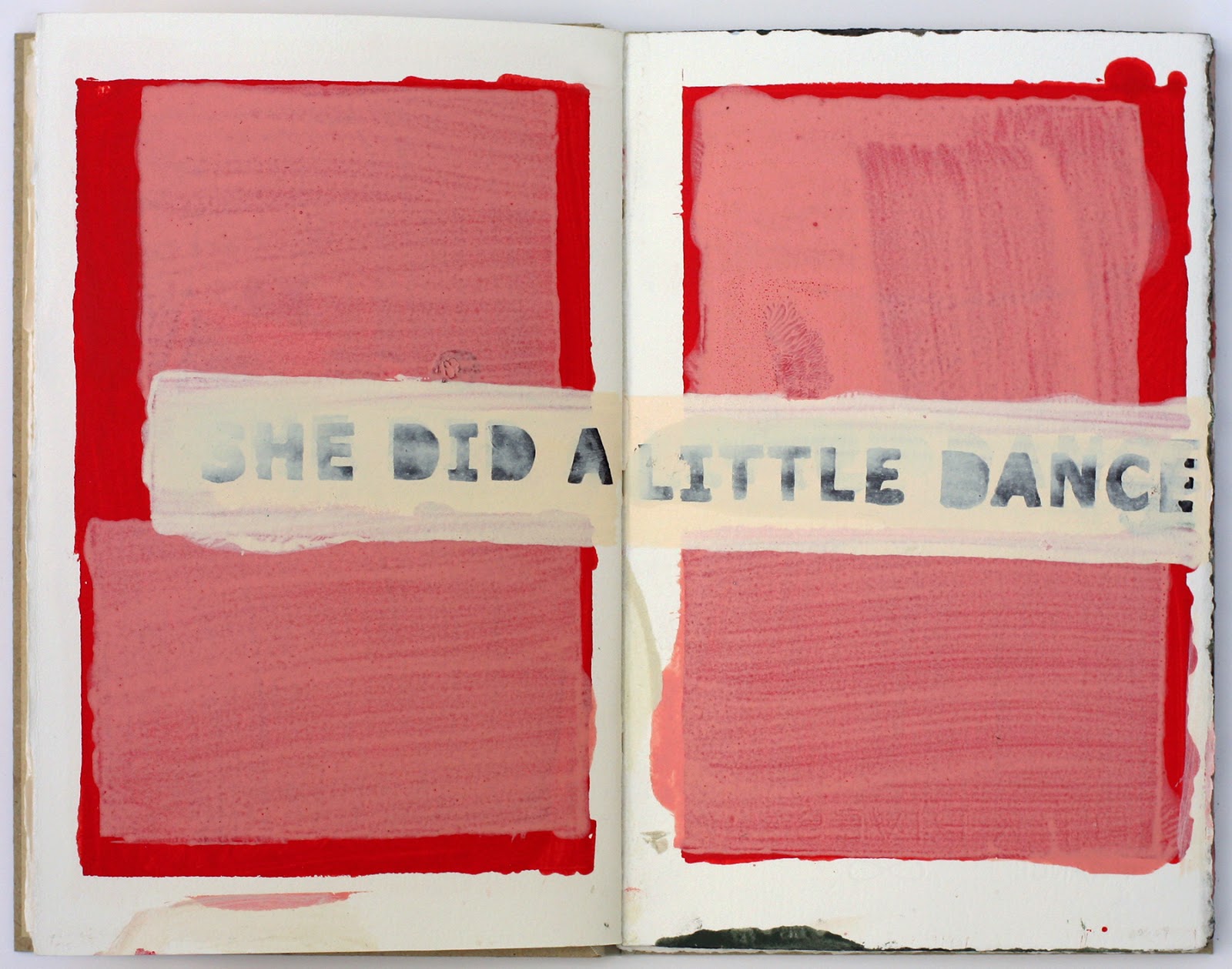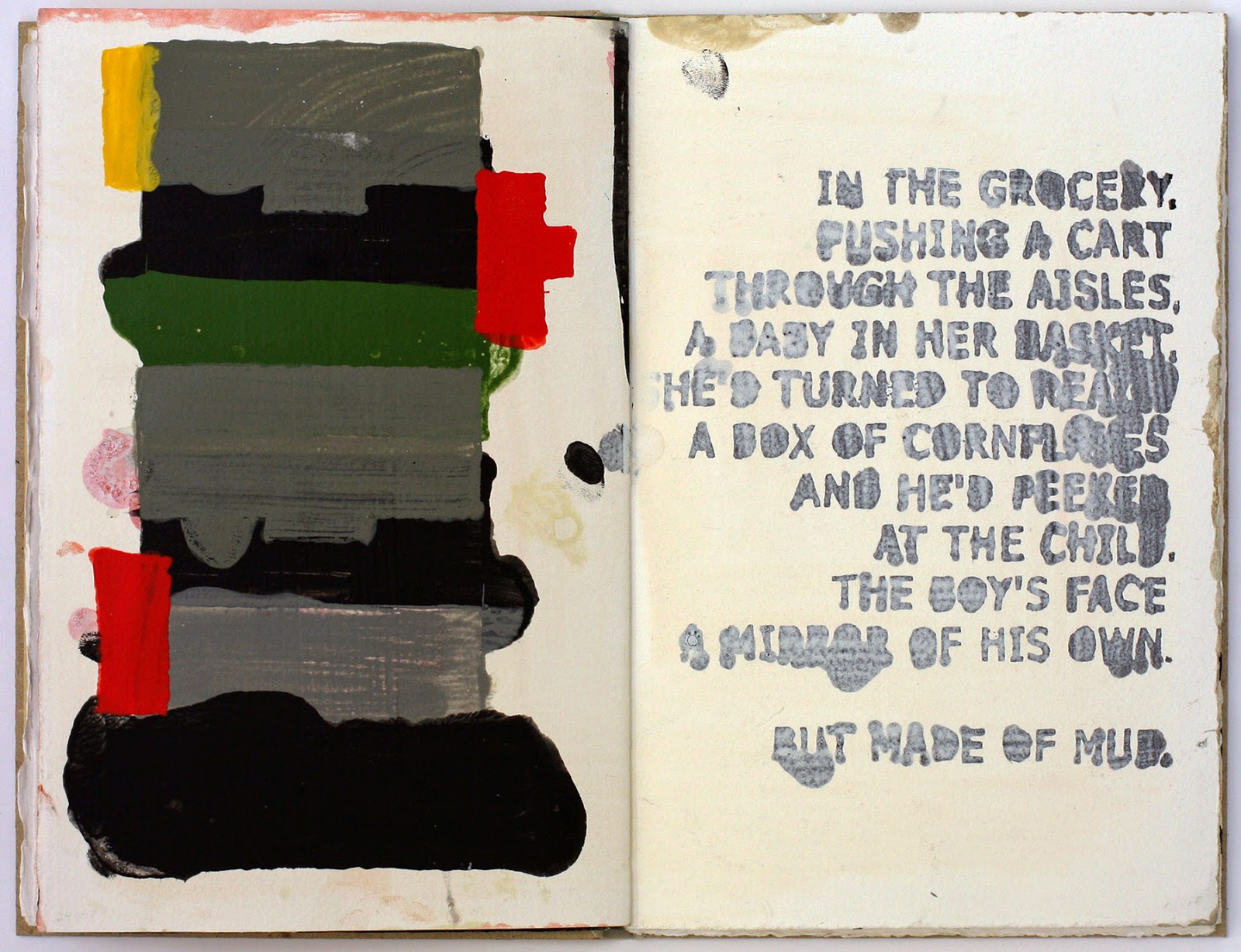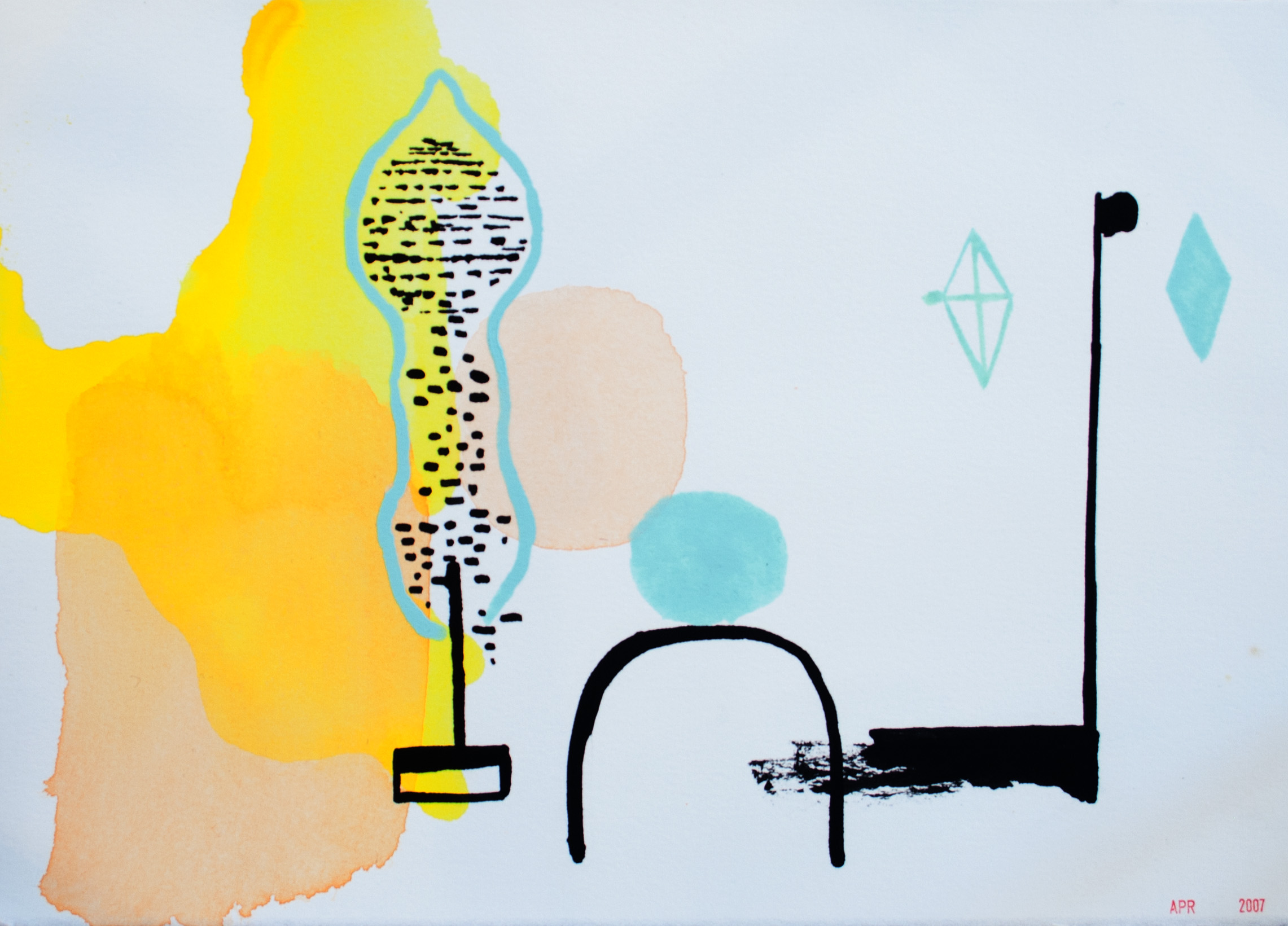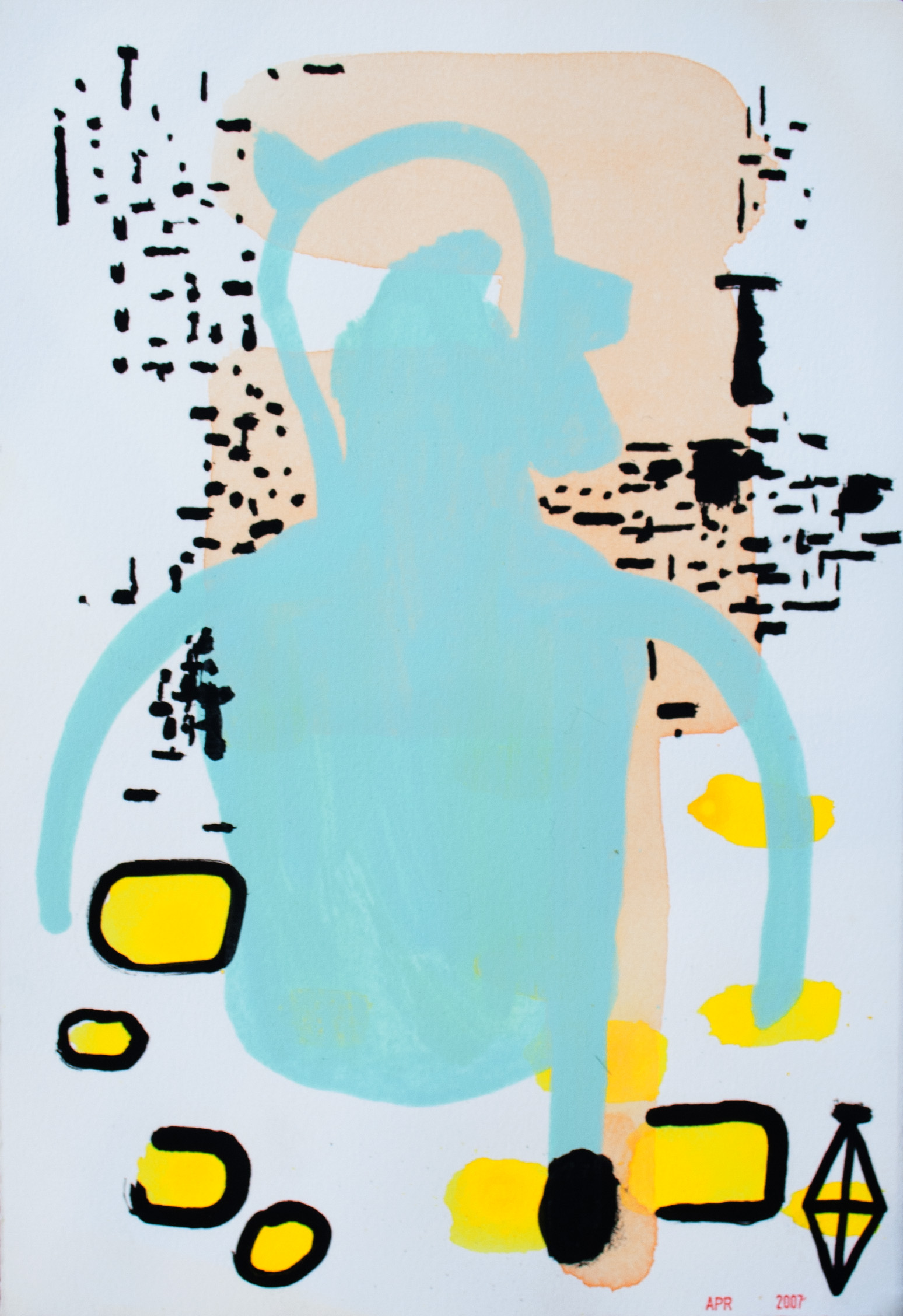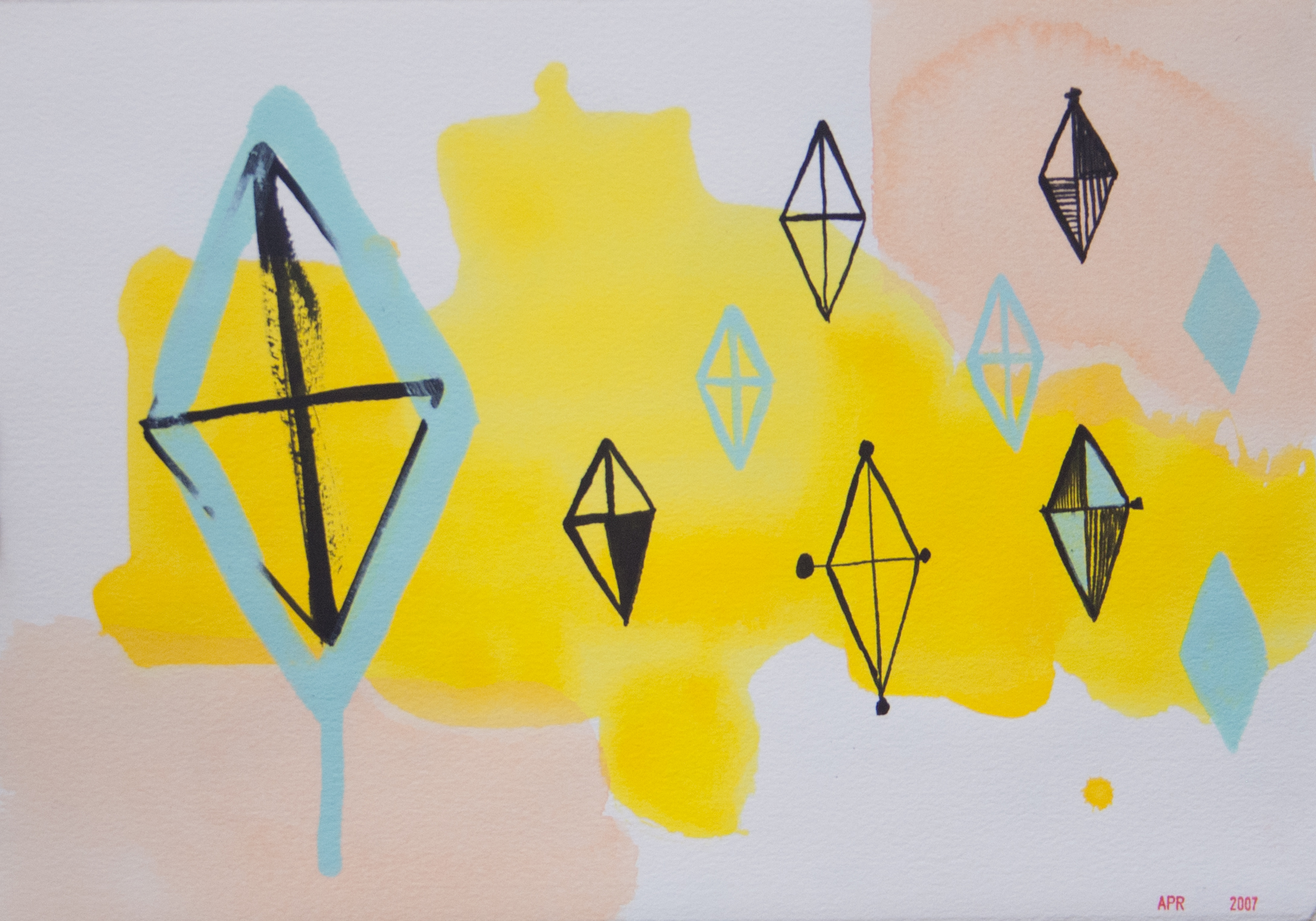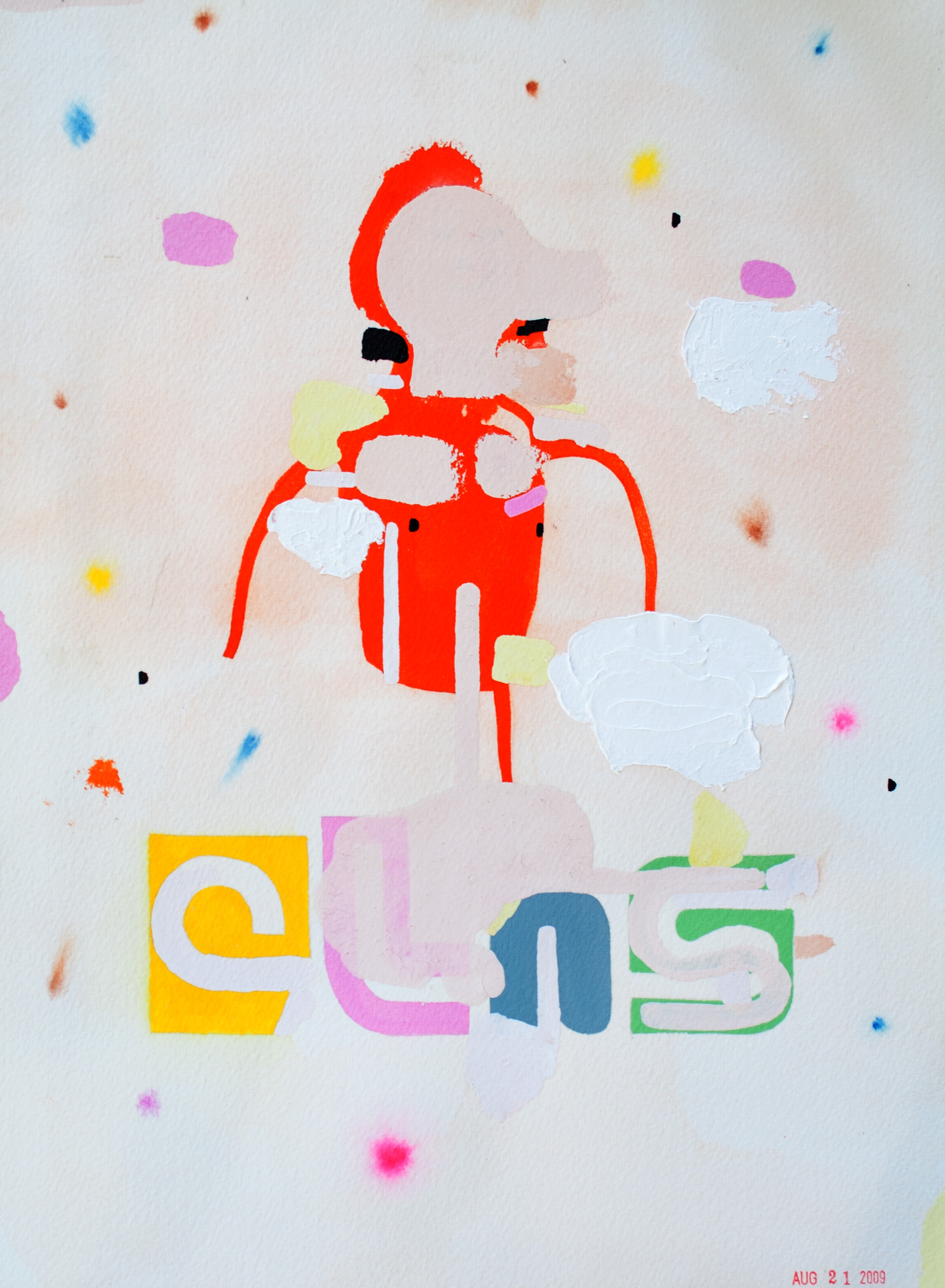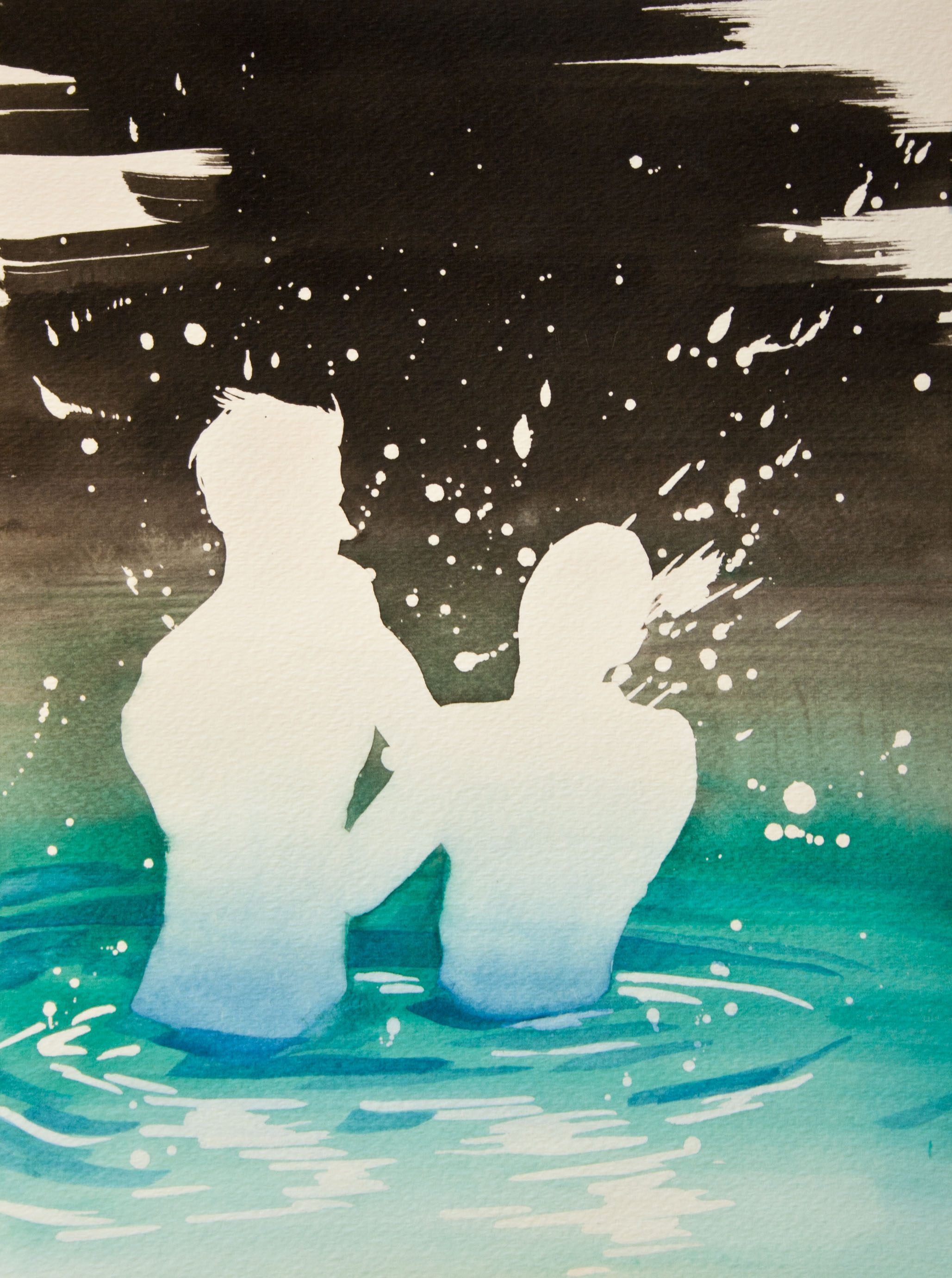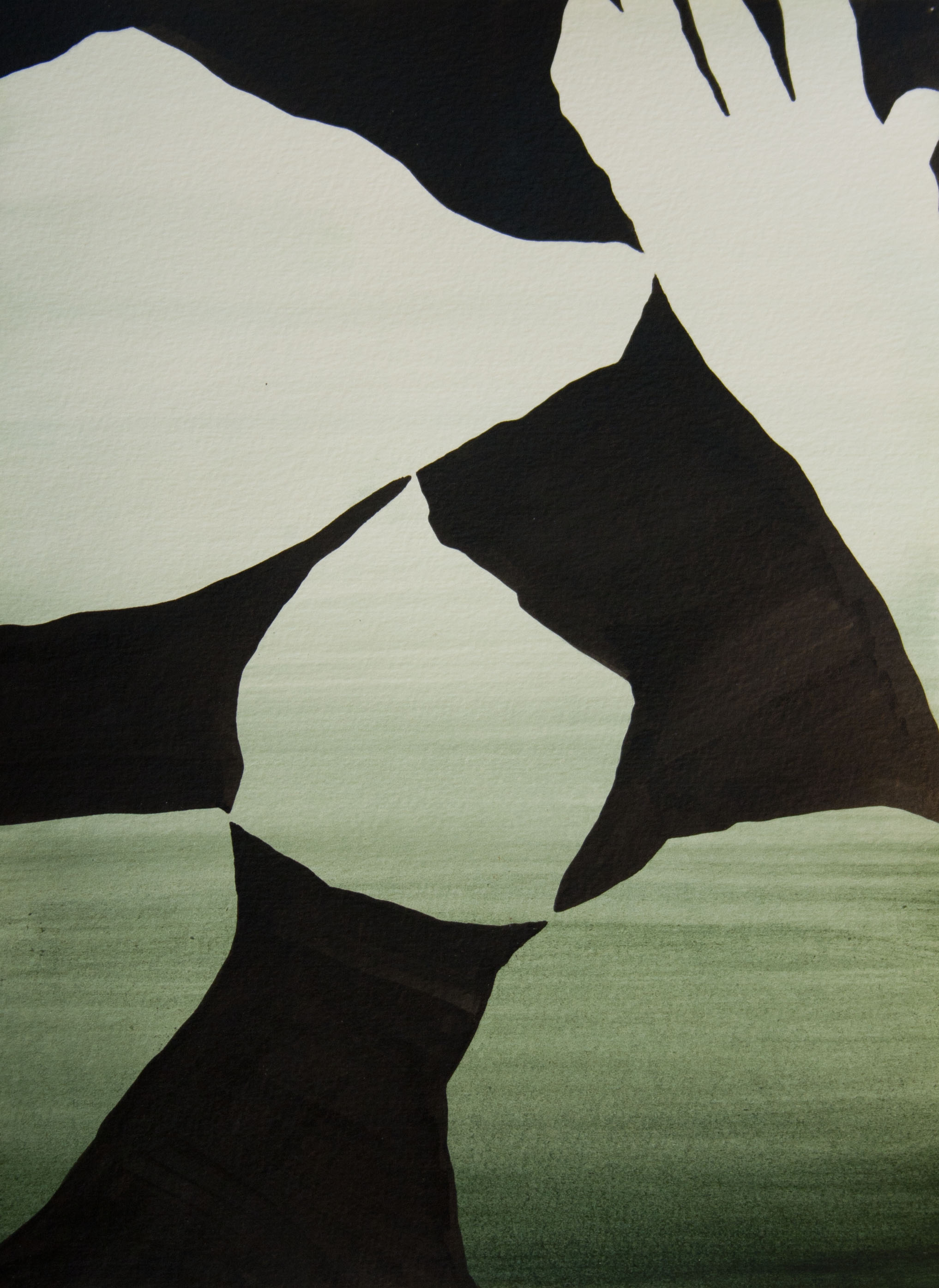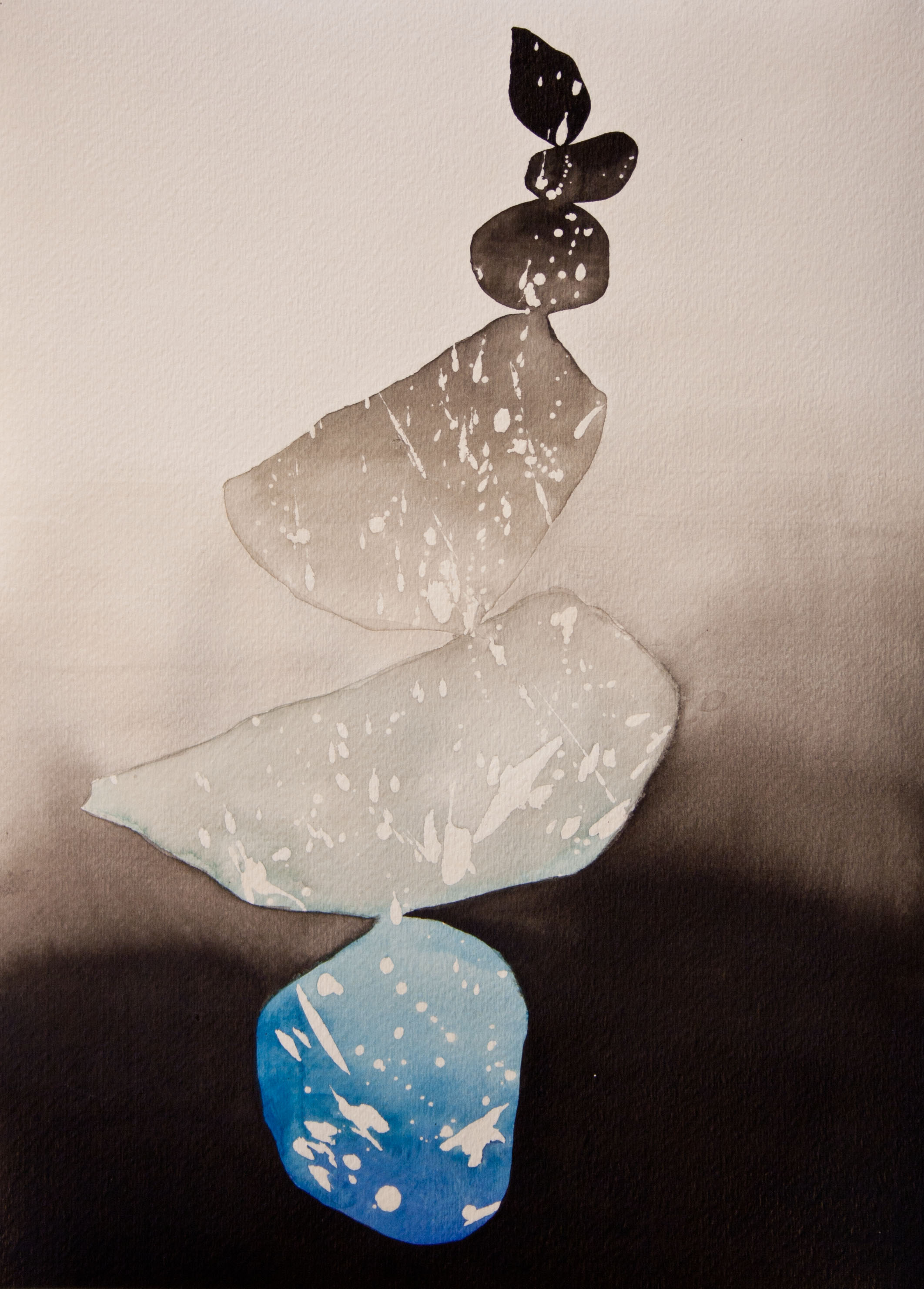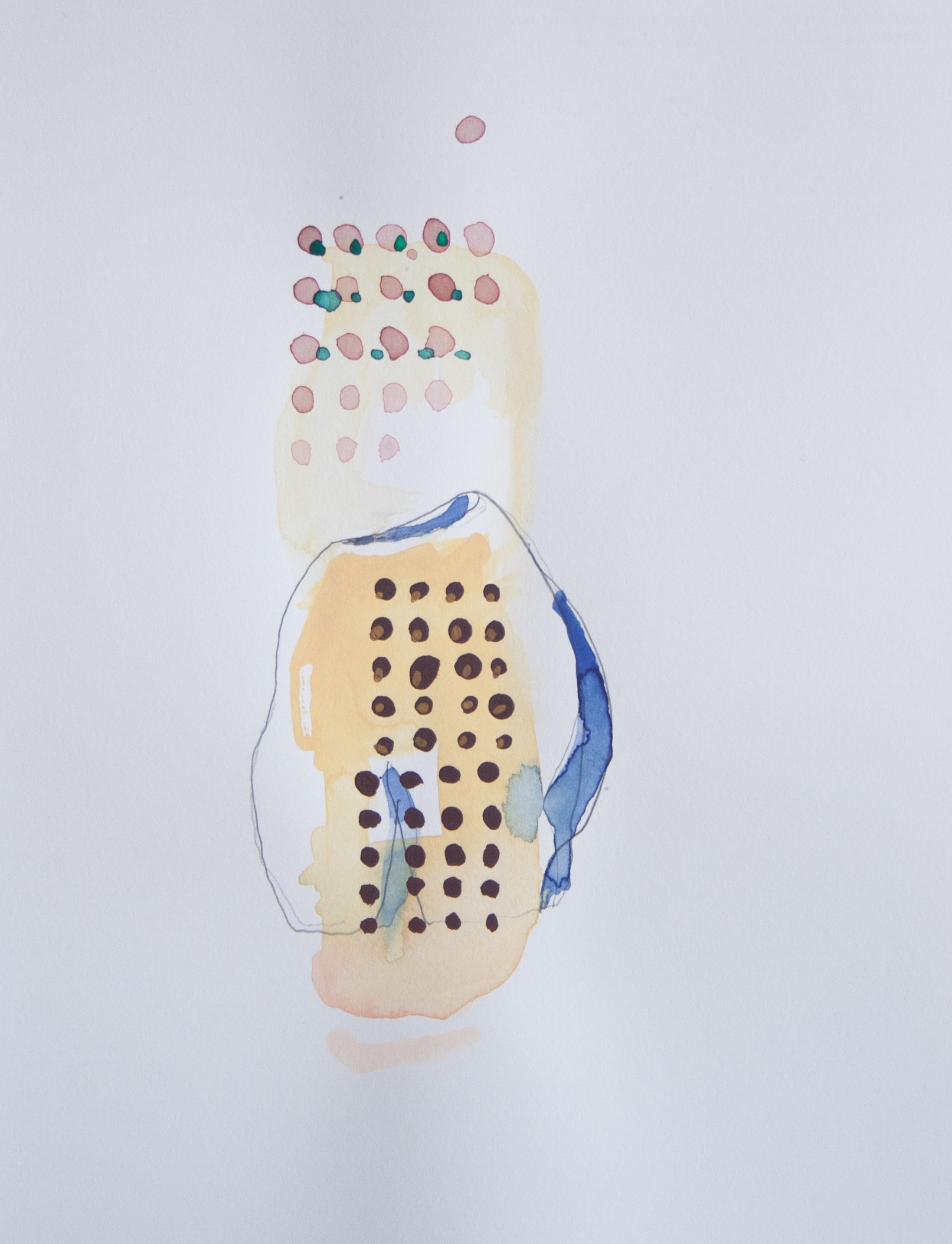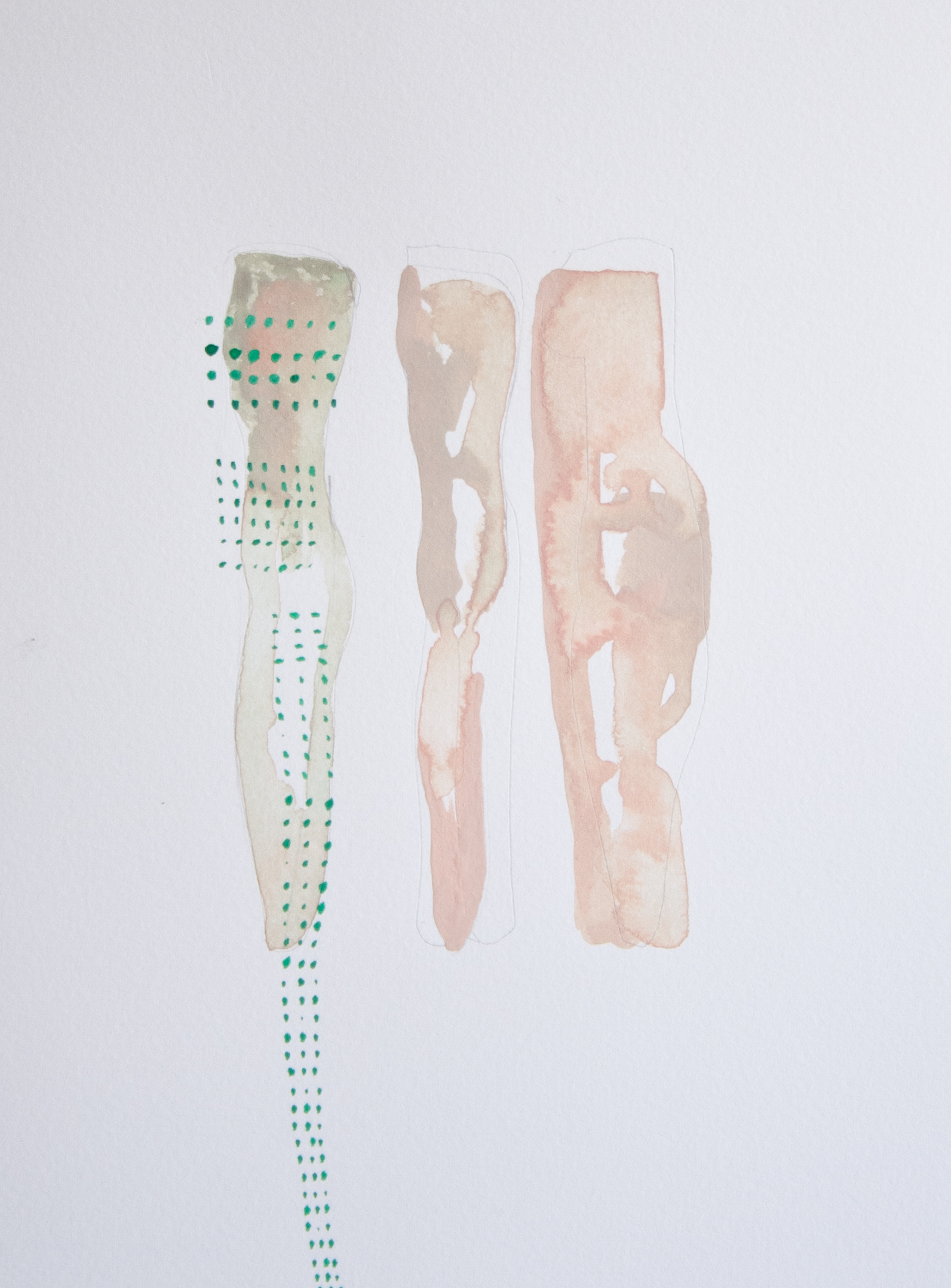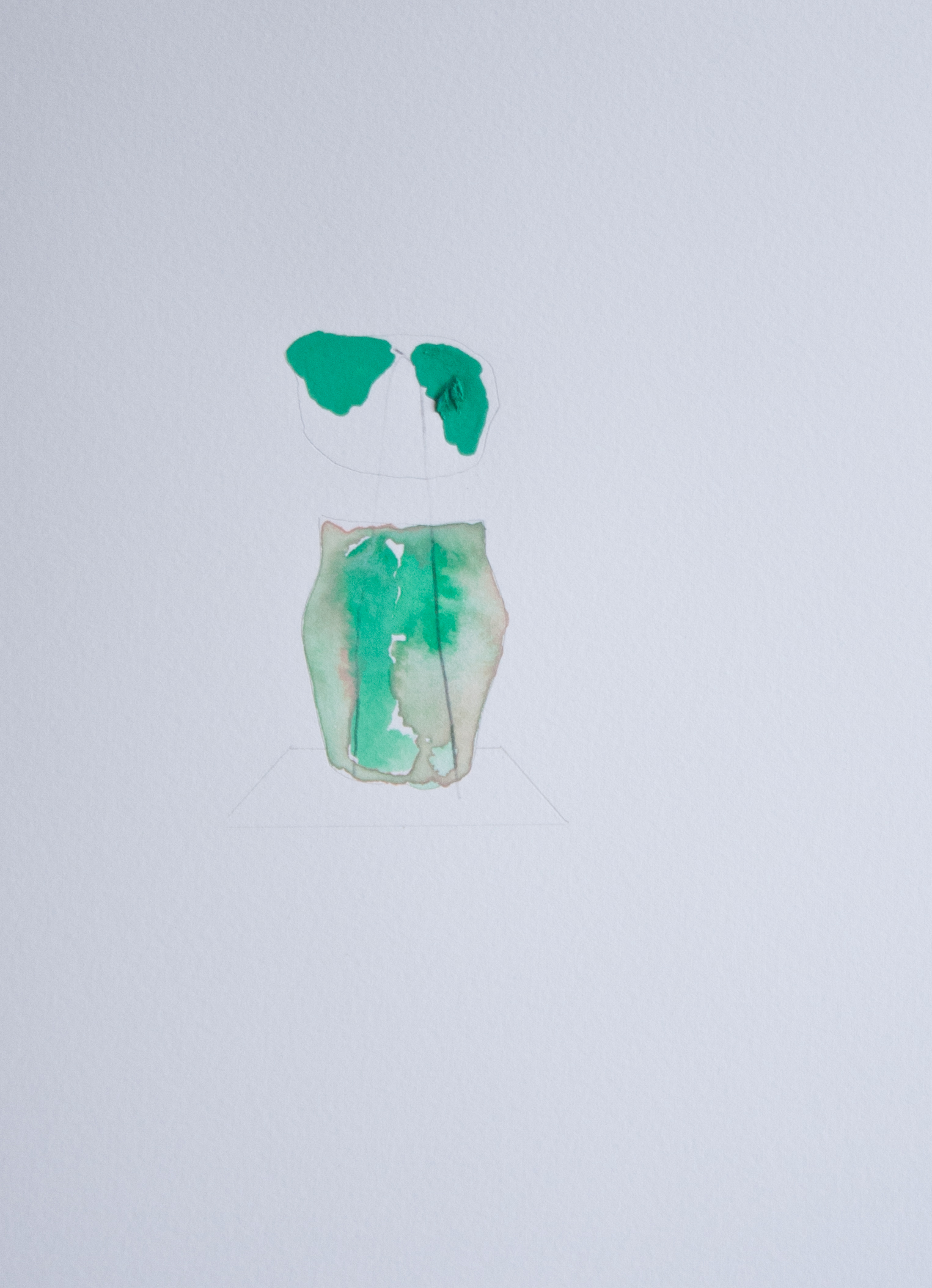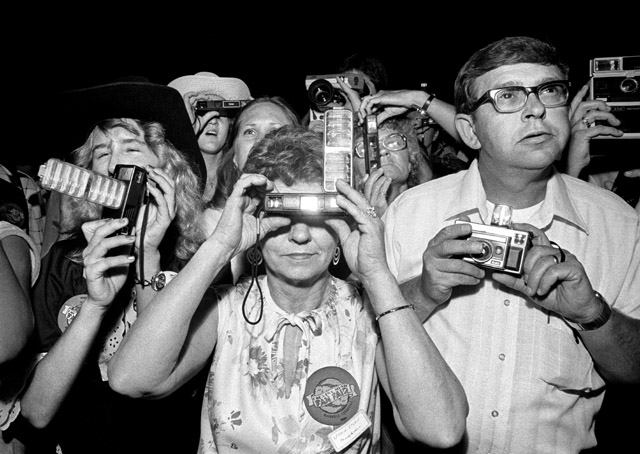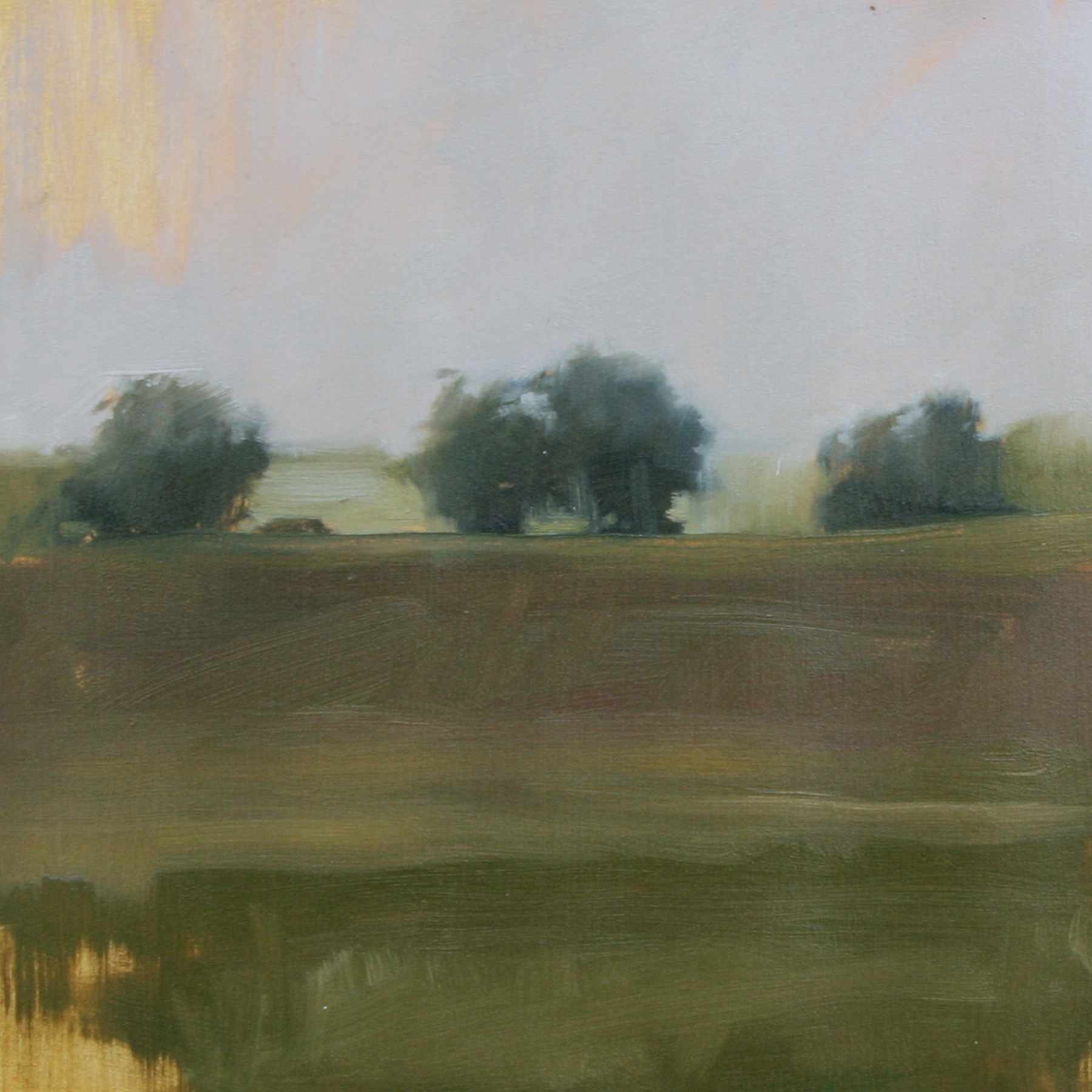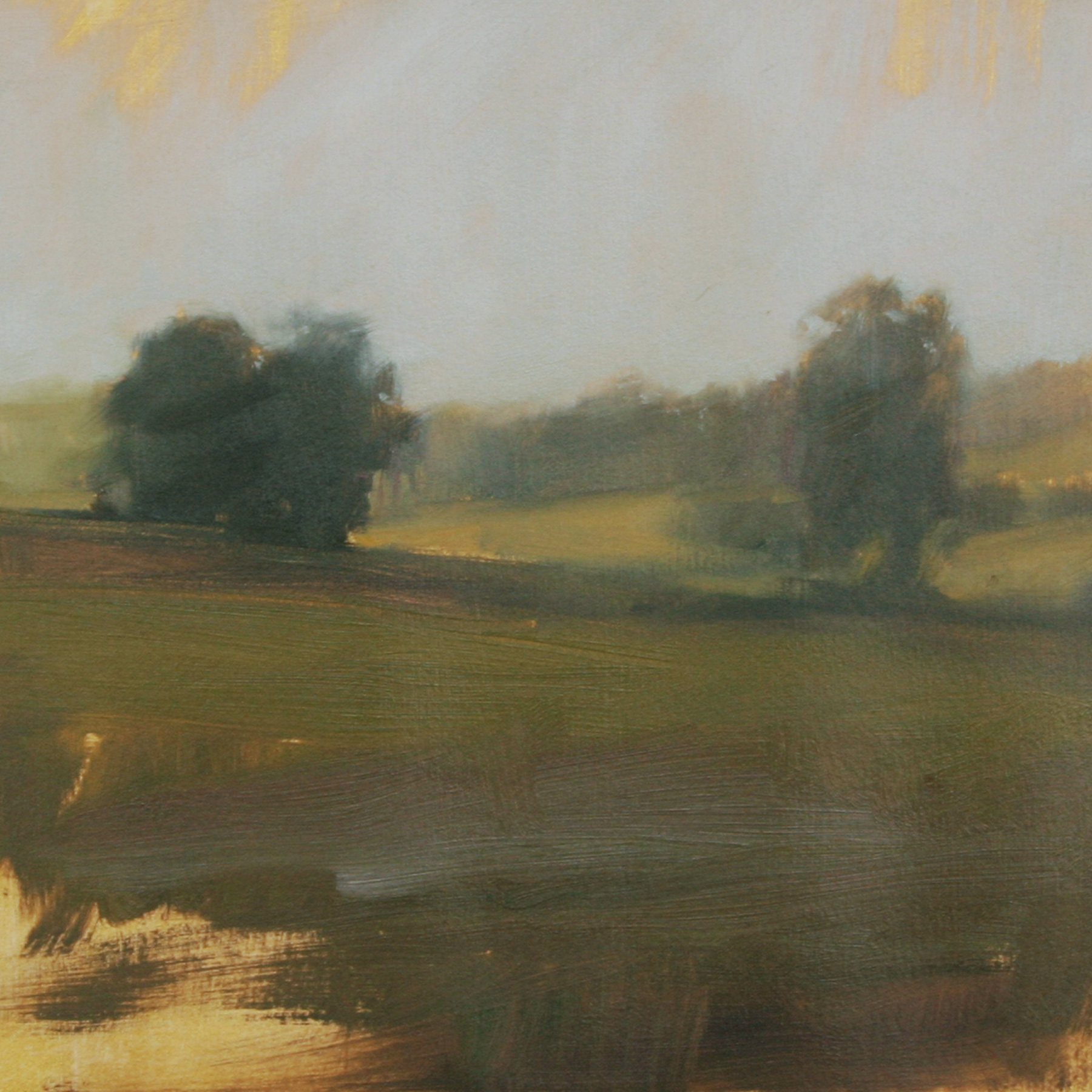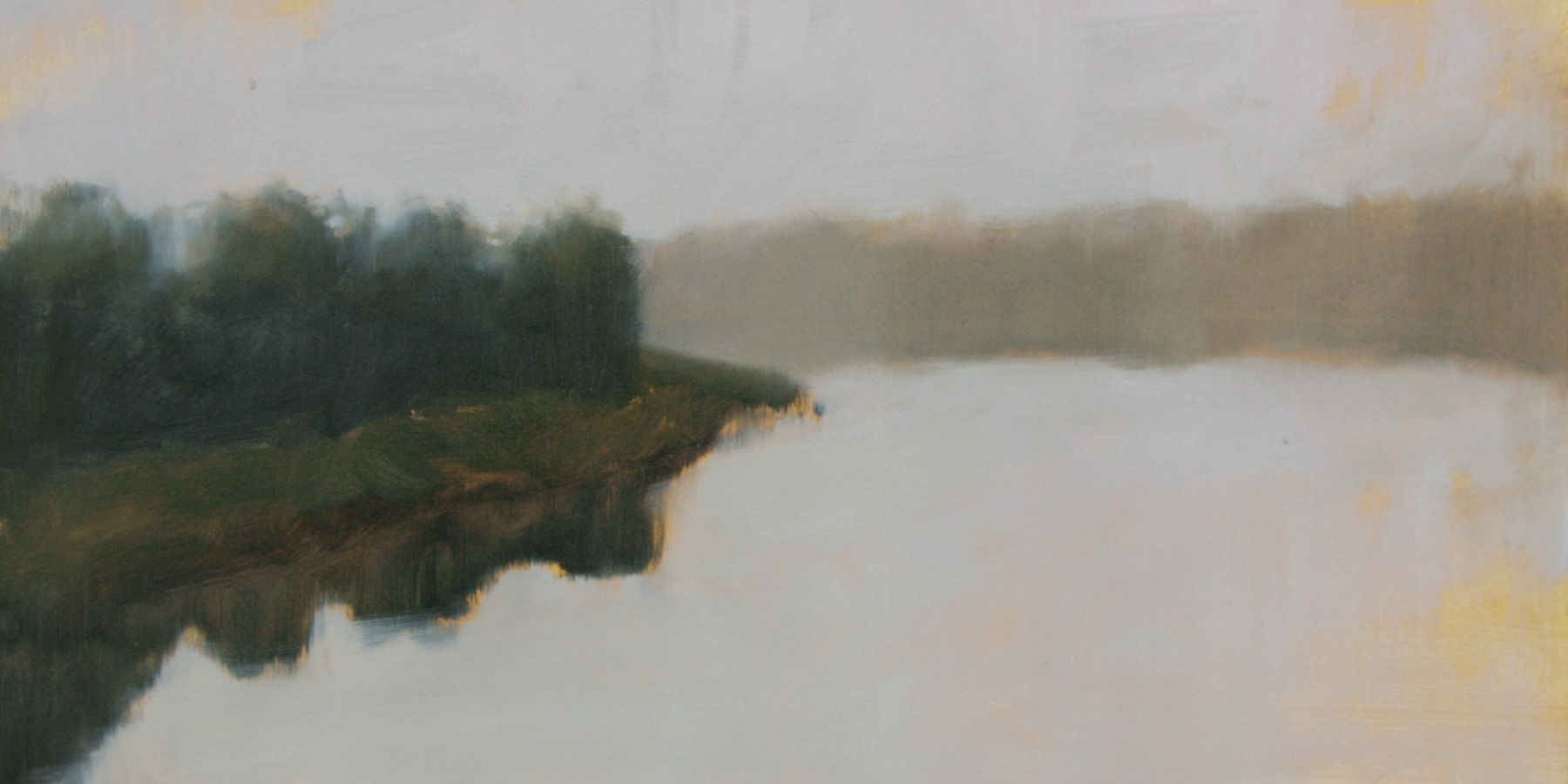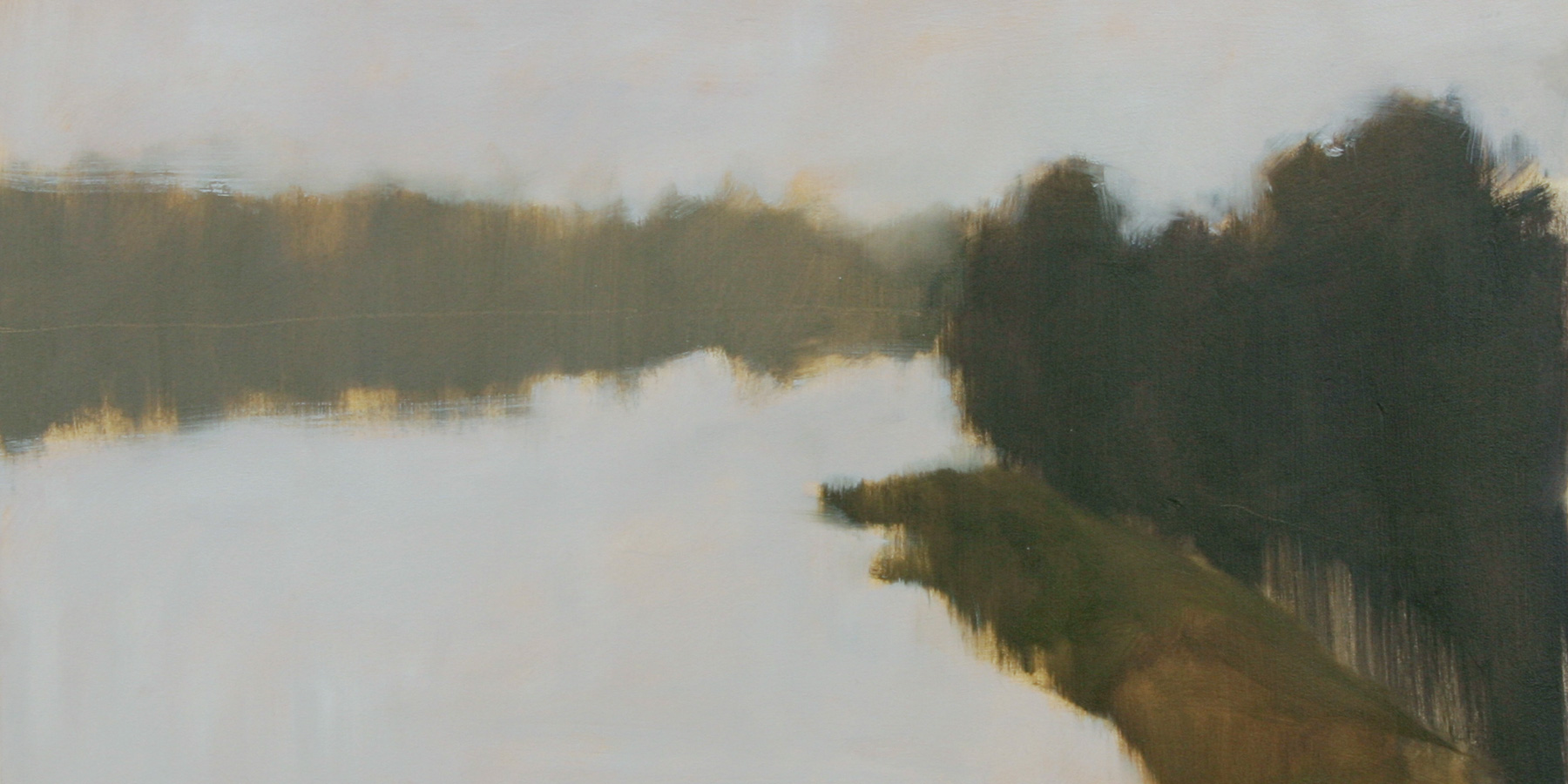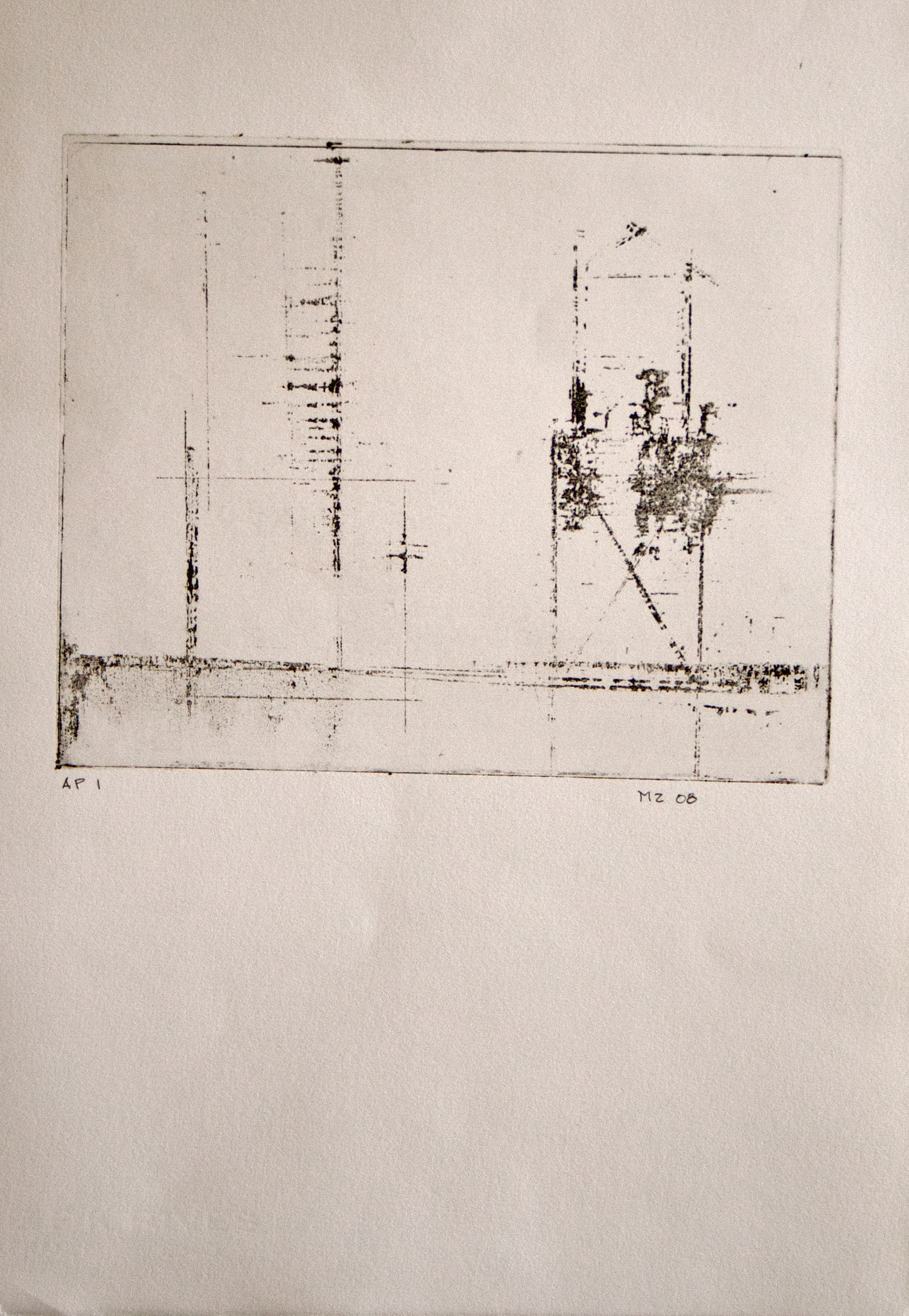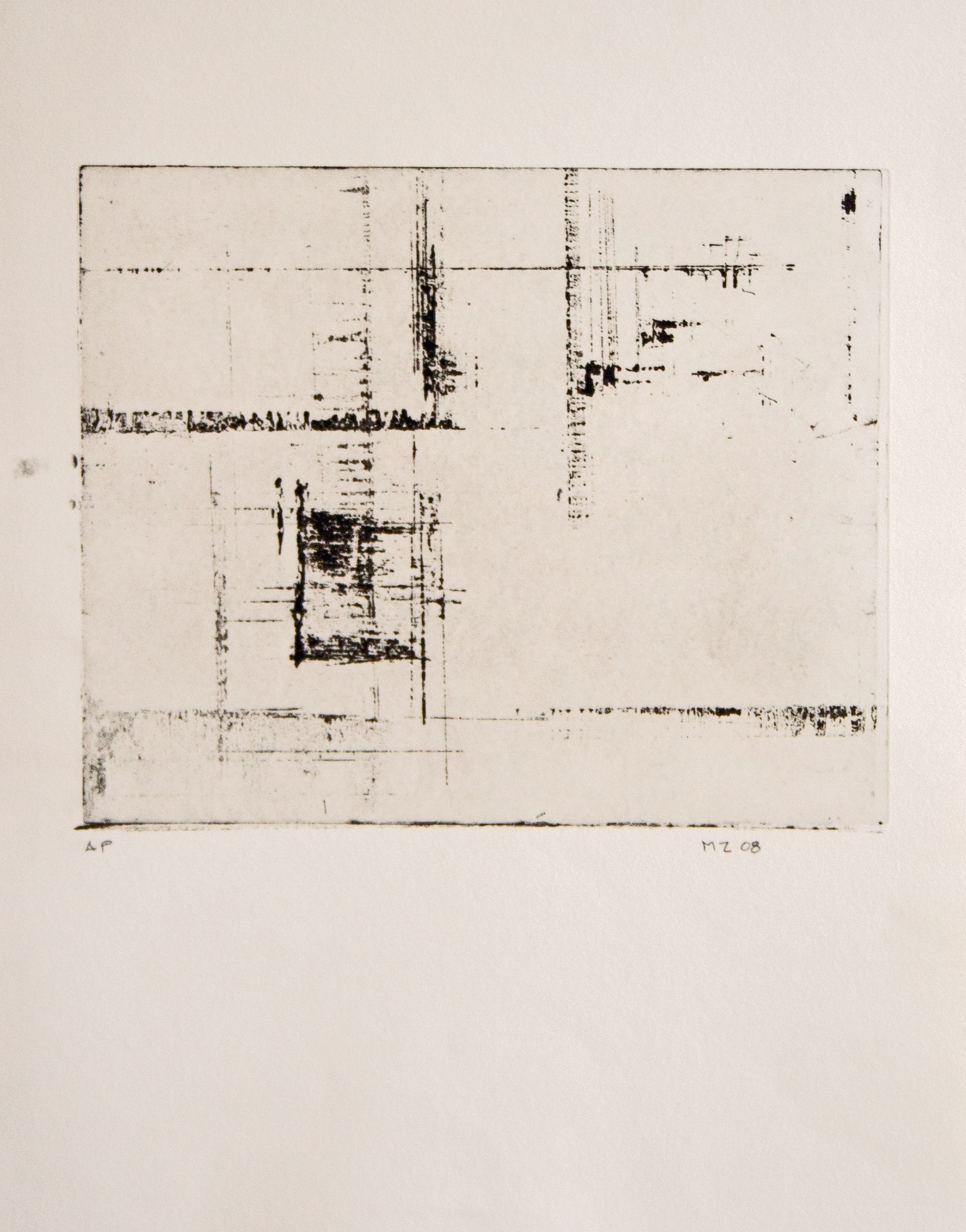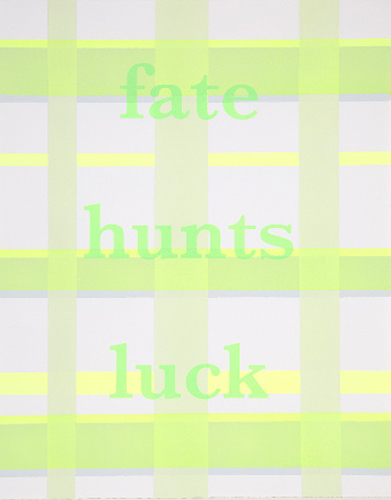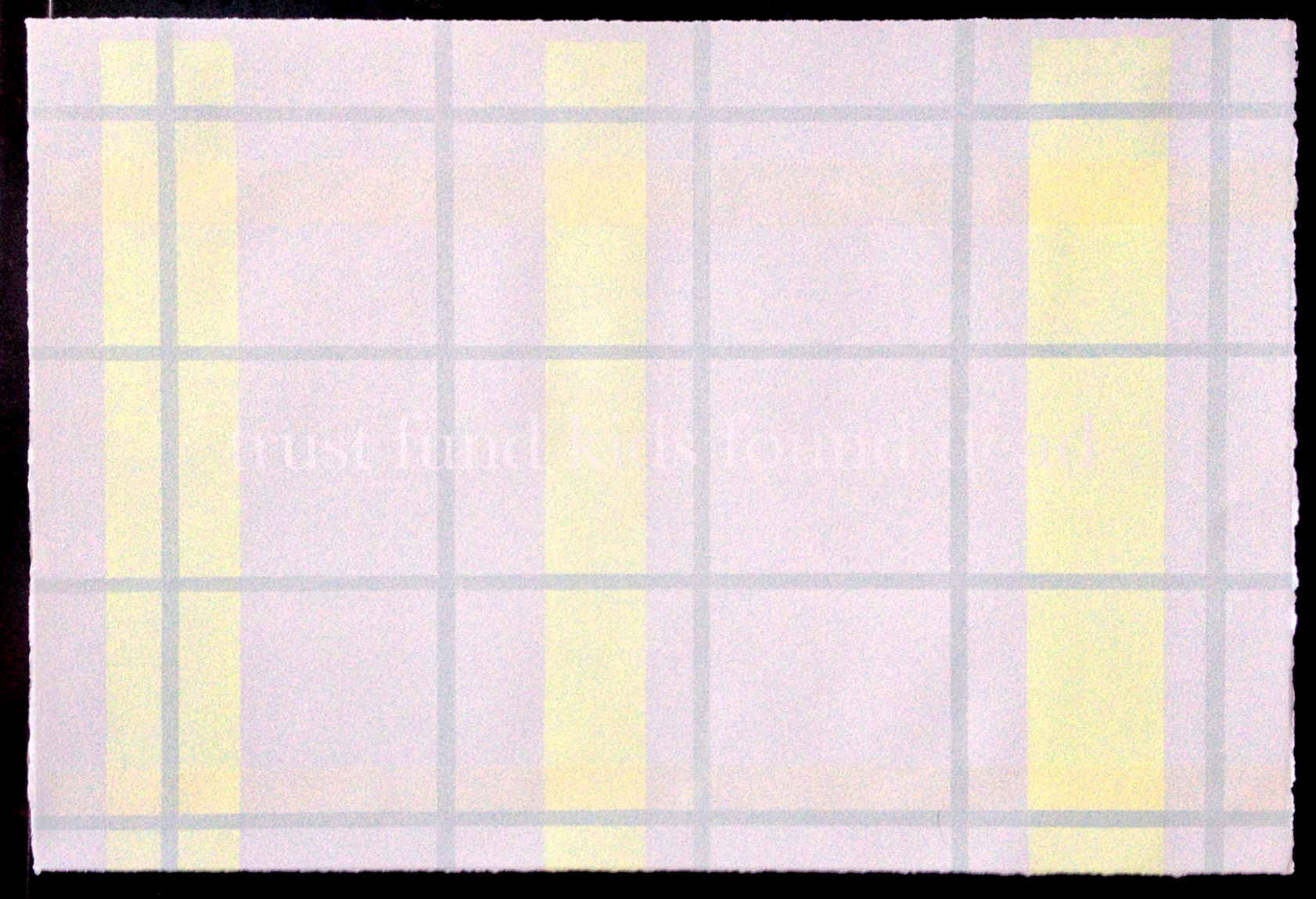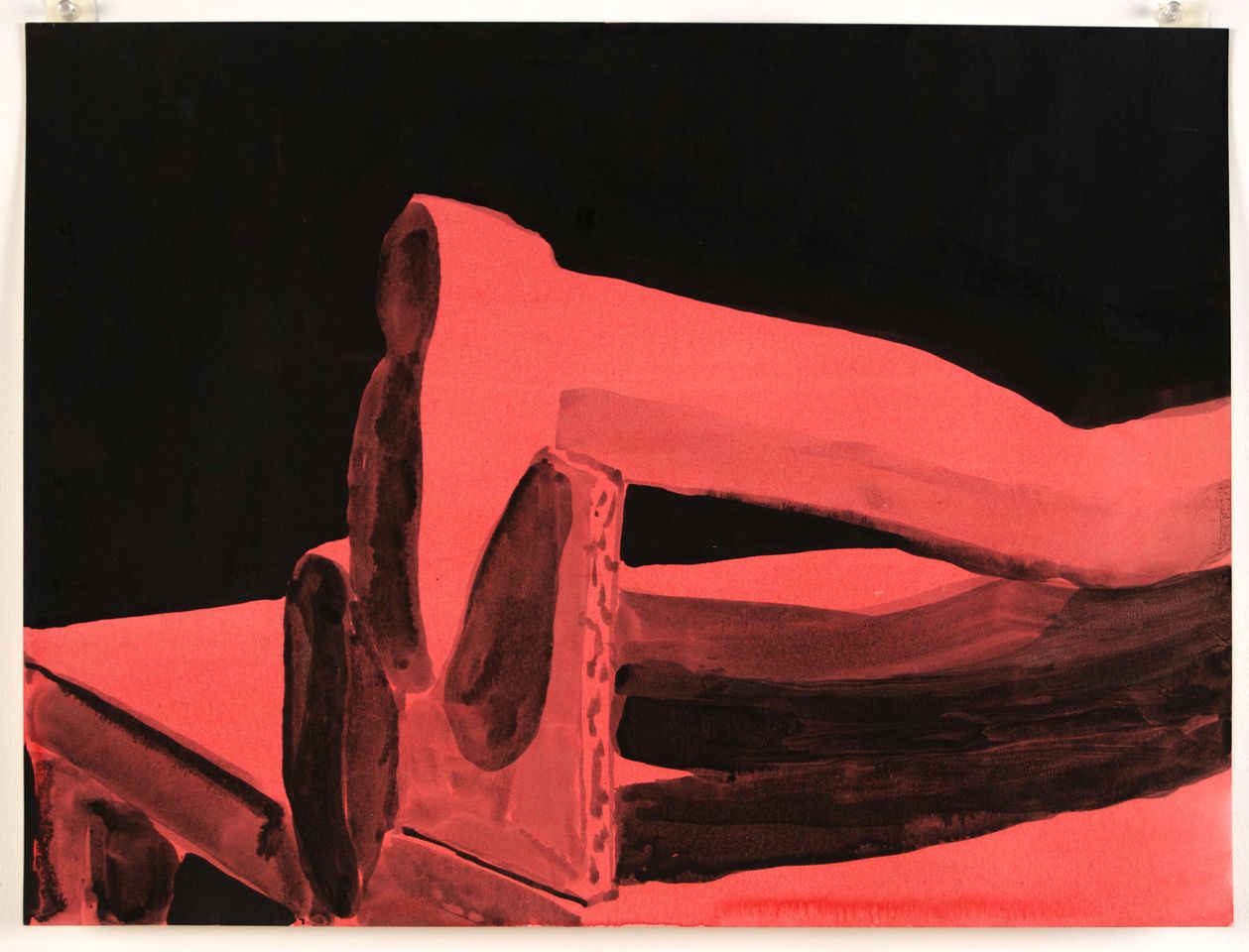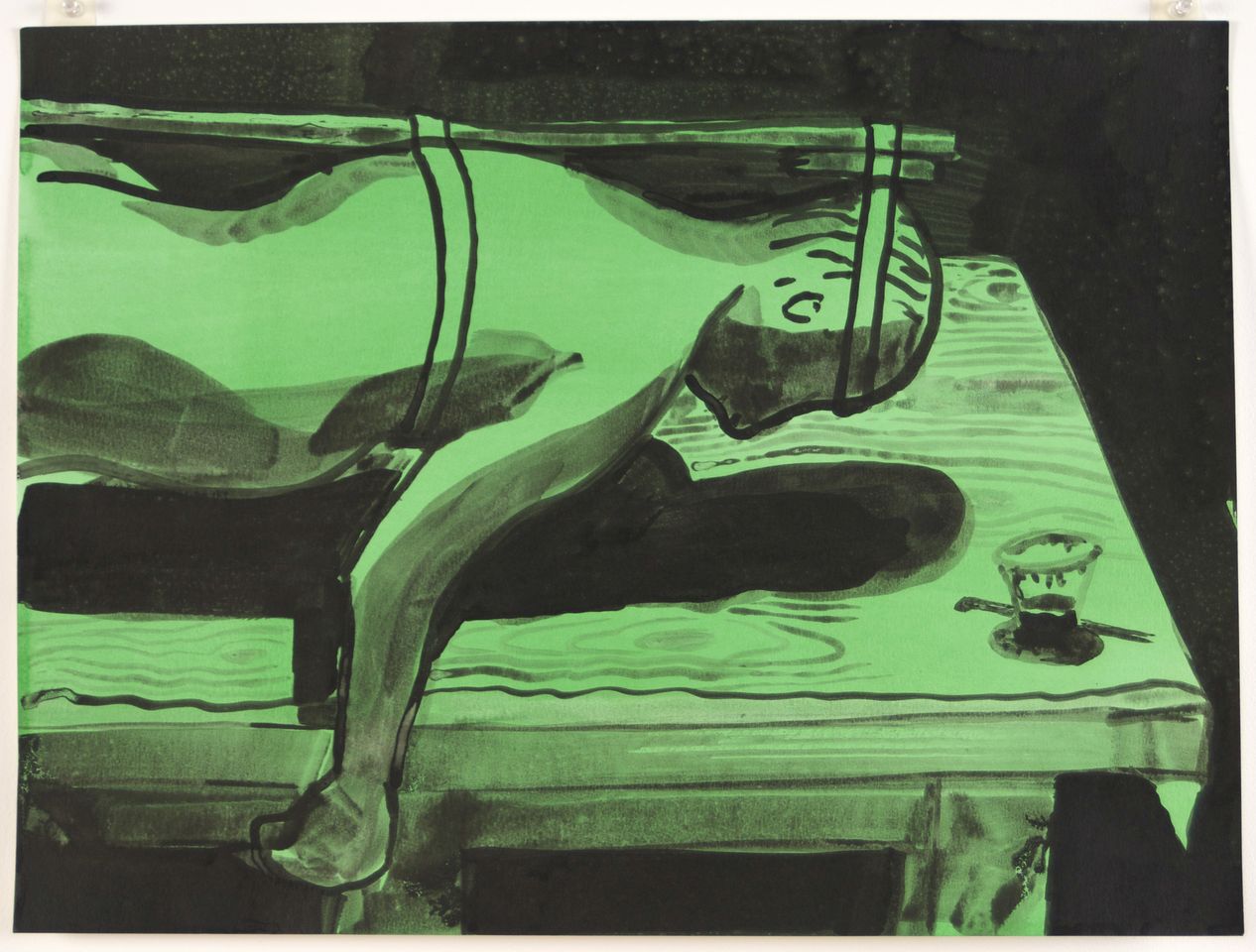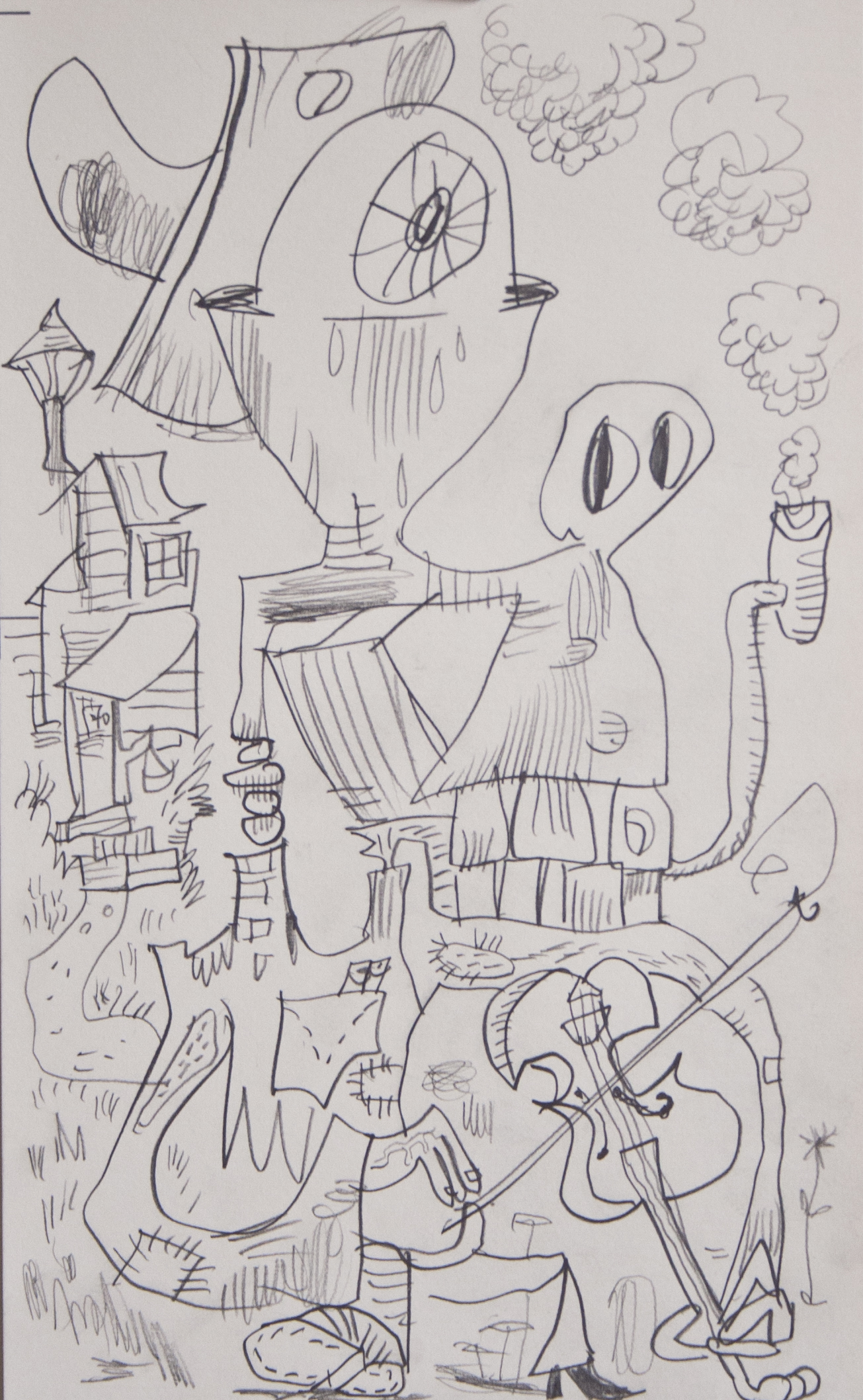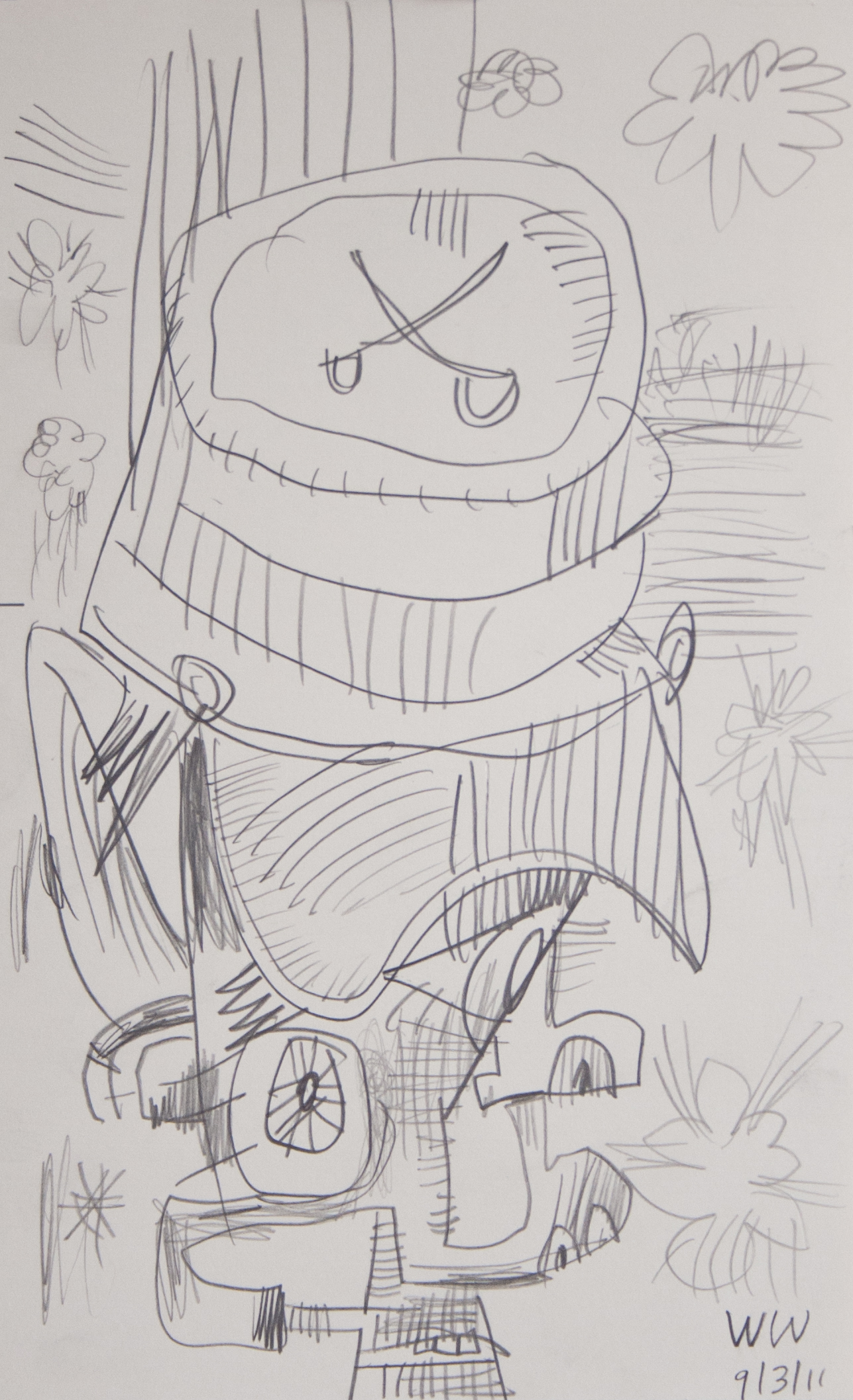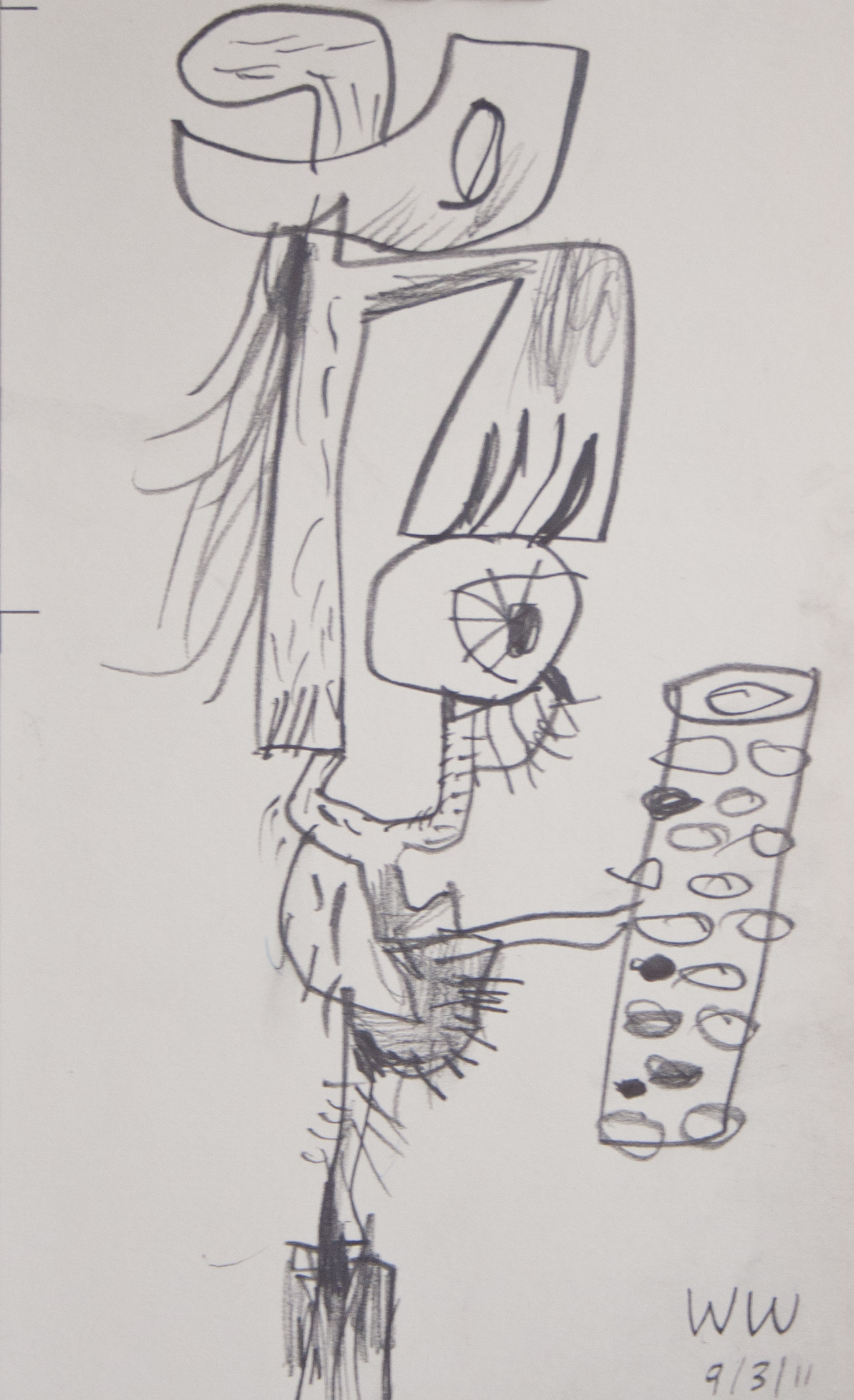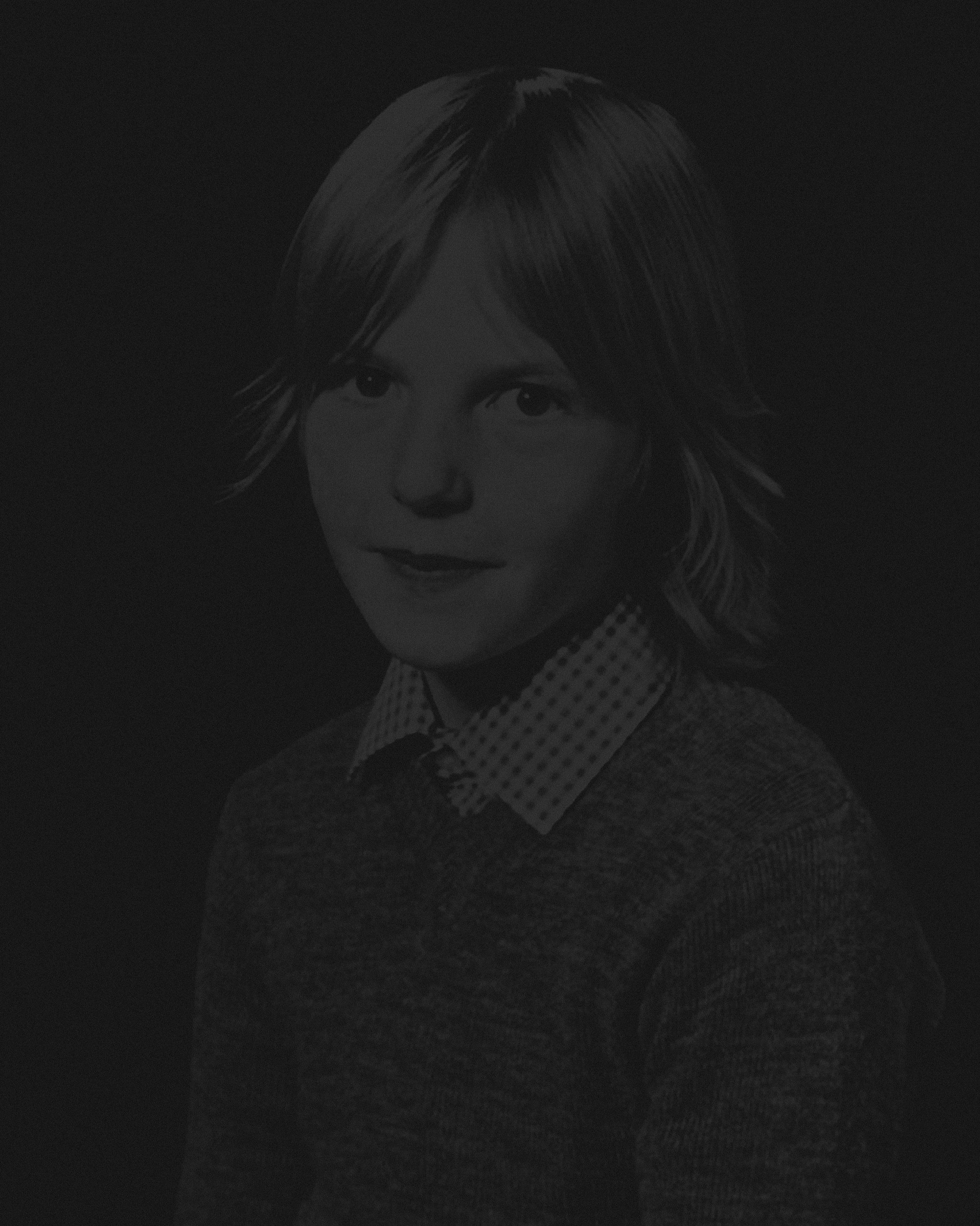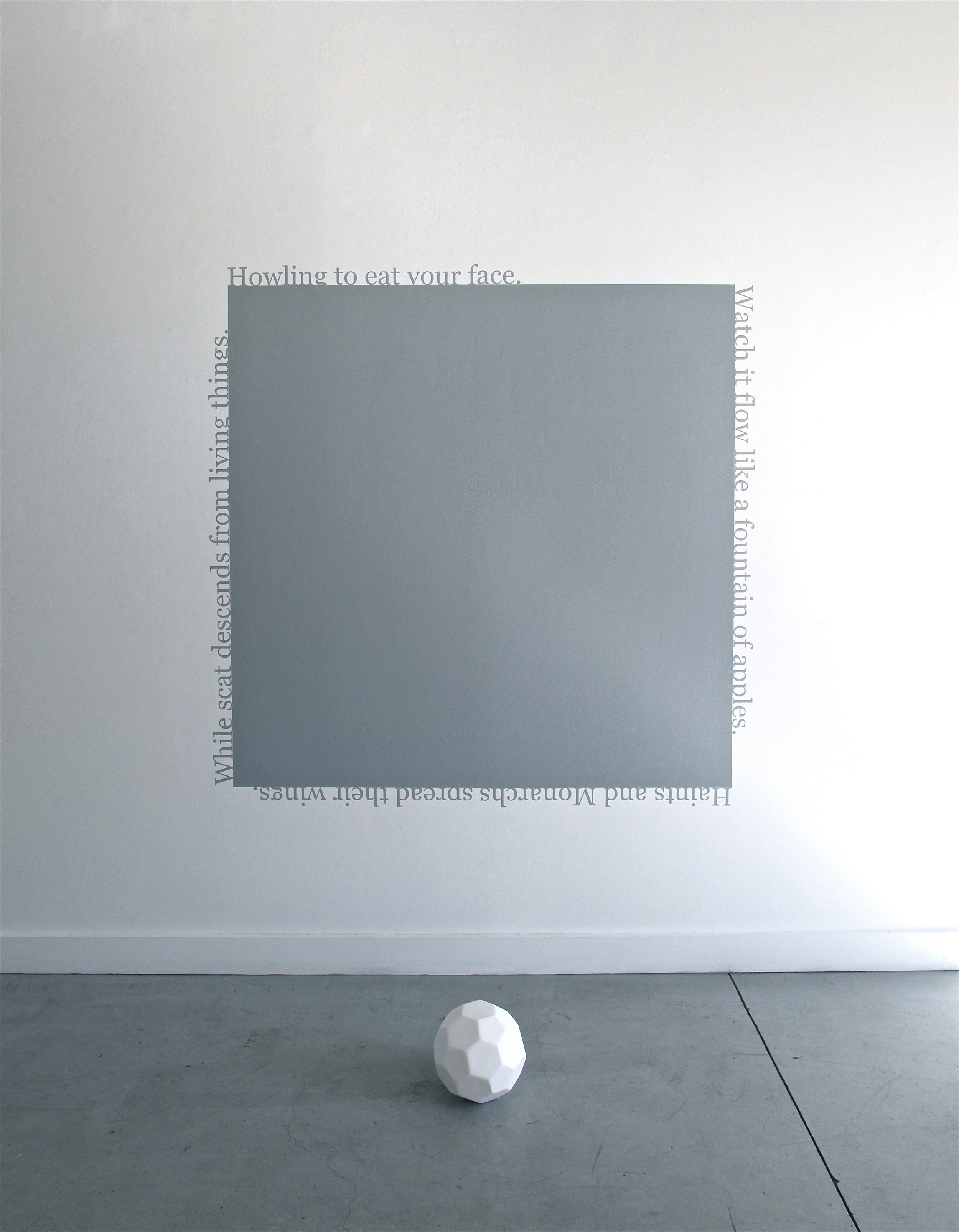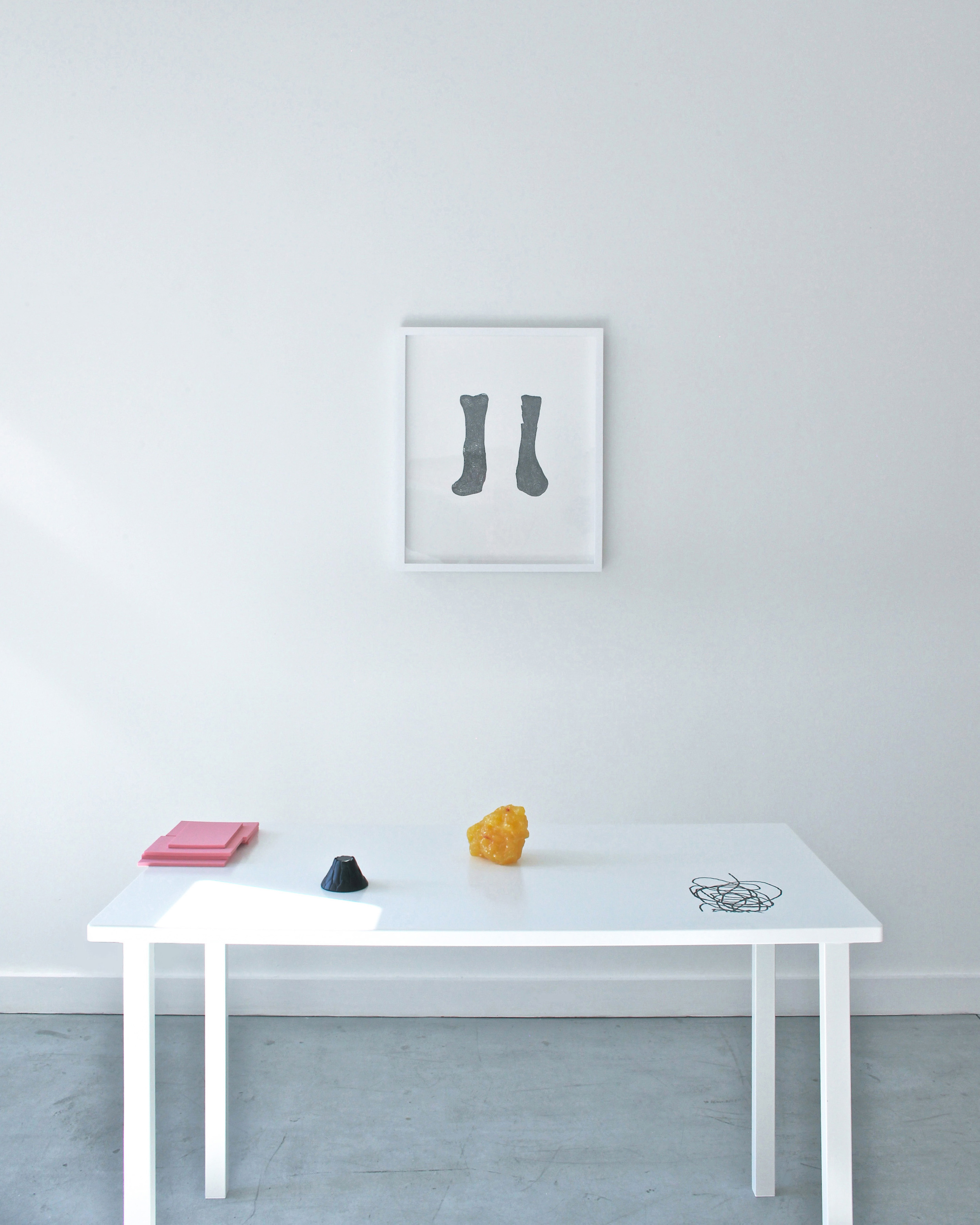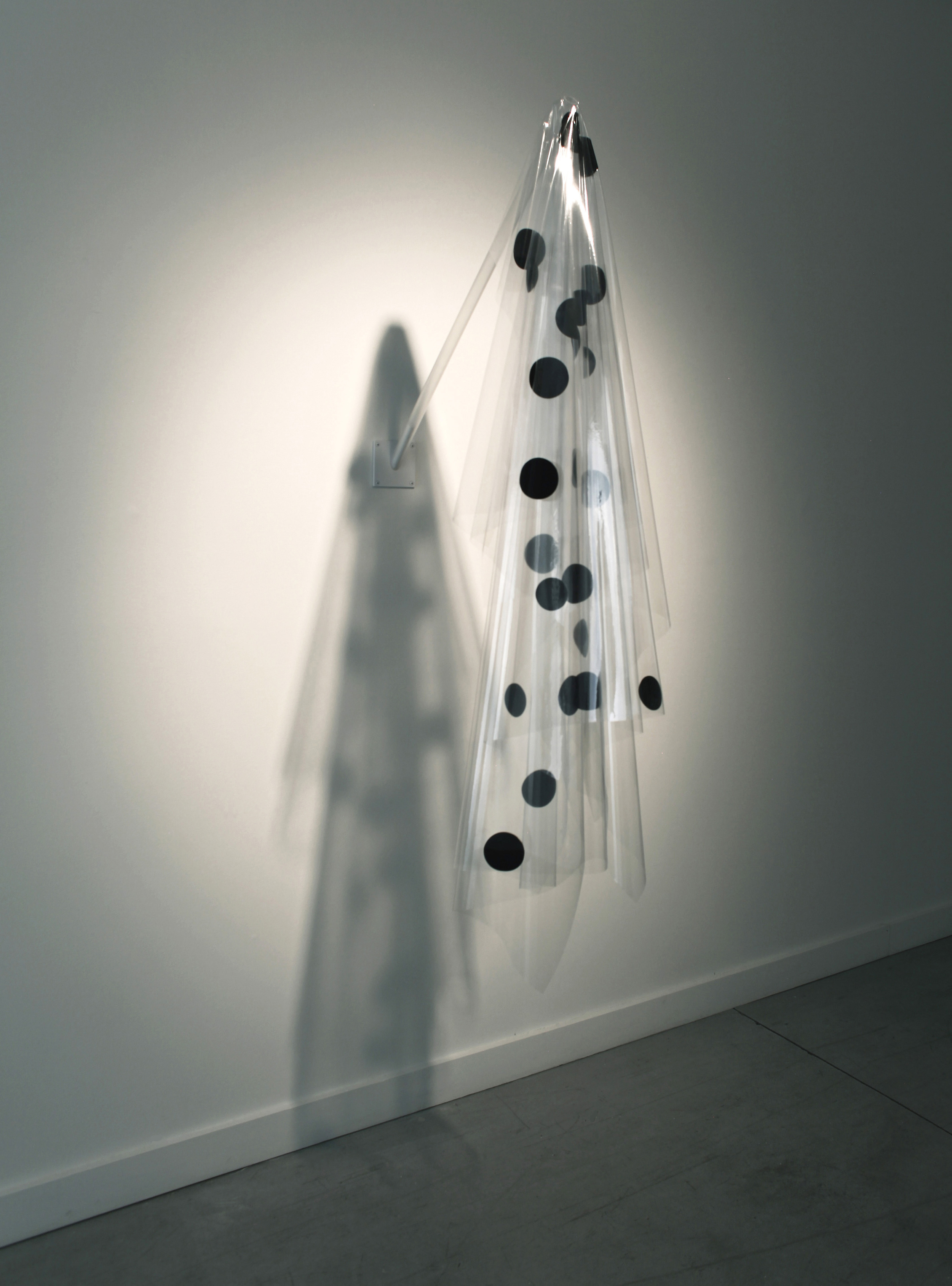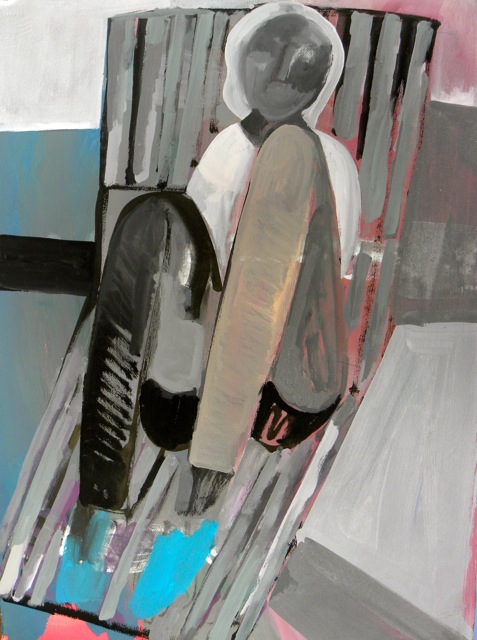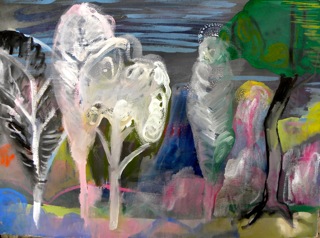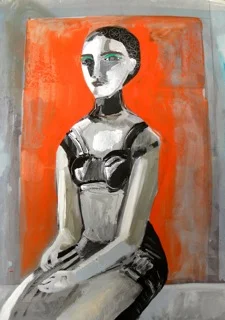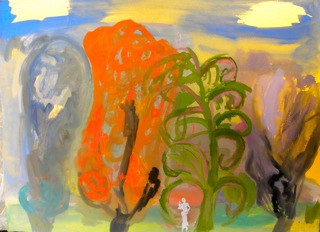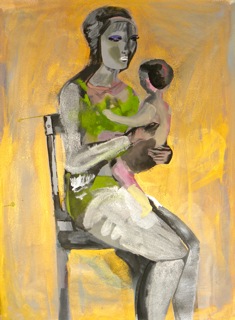Saturday
May 2, 6:00-9:00PM
At 6pm there will be a special performance of Planes (17min), see below for more info
See the opening of:
New Personal Best! by John Donovan
John Donovan's latest body of work consists of ceramic sculptures based on pre-Columbian and Chinese Han dynasty-era ceramic figures. The idea of the figures as accessorized toys is balanced with a prevailing historical record that champions war and aggression.
John Donovan is a sculptor who moved to Nashville from the Gulf Coast eleven years ago. His primary medium of choice is clay; chosen for its accessibility and familiarity to viewers and also because of the traditional expectations associated with ceramics as a "craft medium." Images hand-built and molded from toys invoke an innocence that is juxtaposed with conflict and loss of innocence. Although there is a lot of humor in the work it also comments on the violent and complicated nature of our culture.
Turquoise Kittyskull, John Donovan
Letting Go by Jessica Wohl
Minnesota-native and Sewanee professor Jessica Wohl has recently been featured in a number of shows around the southeast and in NYC. Her work traditionally combines figurative elements with items and processes associated with domestic/suburban lifestyles. This outing finds her using fabric and sewing techniques as painting.
"Letting Go is my farewell to the sordid love affair I have with picture-perfect domestic life and the dark underbelly of suburban America. Stained scraps of old clothes and used linens reveal traces of lives lived in the home, and with the sewn line, combine in what is possibly the most formal work I have made. These colorful abstractions are the final shedding of this skin, where my conceptual inquiry and emotional confusion graciously, and subtly, give way to resolution and clarity."
Blue Bunches, Jessica Wohl
Arts/Music @ Wedgewood/Houston
Follow the link above for a listing of all events happening as part of Arts & Music at Wedgewood/Houston on May 2
Announcing a special performance at Zeitgeist throughout May:
We are partnering with OZ Arts, New Dialect and Trisha Brown Dance Company to bring you Planes.
Planes, Trisha Brown's 1968 vertical dance and film collaboration with Jud Yalkut, will take place at Zeitgeist Gallery. The performance will feature three dancers chosen from Nashville-based contemporary dance collective New Dialect.
There are 9 chances to see this very unique performance:
May 2-30, Saturdays, 11am and 6pm,at Zeitgeist Gallery (excluding Saturday, May 16)
May 14, 8pm,at OZ Arts Nashville presents TBDC's three-year Proscenium Works, 1979-2011
May 15, 7:30pm, at Zeitgeist Gallery, features five-year TBDC member Tara Lorenzen in collaboration with two dancers chosen from Nashville-based contemporary dance collective New Dialect. A short Q&A will follow with: New Dialect Artistic Director Banning Bouldin, Trisha Brown Dance Company Co-Artistic Director Carolyn Lucas and Zeitgeist Gallery Director Lain York, facilitated by OZ Arts Nashville Artistic Director Lauren Snelling.
May 16, 7:30pm, at OZ Arts Nashville, showcasing a selection of Brown's works, beginning outdoors with In Plain Site.
All performances taking place at Zeitgeist are free and open to the public. For more info on the performances at Oz visit ozartsnashville.org







